Science Games
The worst thing a kid can say about homework is that it is too hard. The worst thing a kid can say about a game is it’s too easy.
Henry Jenkins
Copyright on all materials on this site is retained by the authors. You are granted a limited license to reproduce these resources for classroom use, provided the copyright notices are not removed. Charging a fee for these resources, or distributing them in any way outside your classroom, is prohibited.
General Science
Science Lab Memory Game
This simple game is more suited for younger children rather than a high school classroom, but I can see it being useful for some special education students.
Let's get more kids and youth into STEM (science, technology, engineering and math) and inspire curiosity in the world around us! What better way to teach children and youth about science then with a game that also exercises the brain? The game is a classic memory matching game with whimsical, science lab-inspired illustrations. Game consists of 40 sturdy printed pulpboard tiles (20 matching pairs).
Recommended for children and youth ages 3 and up, this tile matching game will test memory skills while at the same time introduce various science lab themes.
Let's get more kids and youth into STEM (science, technology, engineering and math) and inspire curiosity in the world around us! What better way to teach children and youth about science then with a game that also exercises the brain? The game is a classic memory matching game with whimsical, science lab-inspired illustrations. Game consists of 40 sturdy printed pulpboard tiles (20 matching pairs).
Recommended for children and youth ages 3 and up, this tile matching game will test memory skills while at the same time introduce various science lab themes.
Top Female Scientists Card Game
This neat game was designed by Hannah Wakeford and Simon Clark, a couple of post-grads at the University of Exeter.
There are 32 in total across maths, physics, biology, chemistry and geology — where each card has characteristics of Innovation, Impact, Obscurity and Badassery as well as a short biography. We hope that while the public will enjoy playing the game and hopefully learn about the scientists covered, our real goal is for the cards to be used as a classroom tool — specifically to encourage girls to engage with science. Many girls are put off studying science at school because they perceive it to be a very male-dominated subject, and one problem in particular is that they seem unaware of the female heritage in science. Most people can't name more than 5 or 6 famous female scientists, and yet some stellar women have contributed so much to our understanding of science. So we wanted to try and correct that.
I am really proud of these cards and I think that they are a great way to get students of any gender involved in science. There is a huge history of scientists that we are not aware of and this is just scratching the surface of some of the most amazing scientists that have graced our world.
The link takes you to their web site, where you can listen to their podcast, watch a promo video, and download a free copy of the game.
There are 32 in total across maths, physics, biology, chemistry and geology — where each card has characteristics of Innovation, Impact, Obscurity and Badassery as well as a short biography. We hope that while the public will enjoy playing the game and hopefully learn about the scientists covered, our real goal is for the cards to be used as a classroom tool — specifically to encourage girls to engage with science. Many girls are put off studying science at school because they perceive it to be a very male-dominated subject, and one problem in particular is that they seem unaware of the female heritage in science. Most people can't name more than 5 or 6 famous female scientists, and yet some stellar women have contributed so much to our understanding of science. So we wanted to try and correct that.
I am really proud of these cards and I think that they are a great way to get students of any gender involved in science. There is a huge history of scientists that we are not aware of and this is just scratching the surface of some of the most amazing scientists that have graced our world.
The link takes you to their web site, where you can listen to their podcast, watch a promo video, and download a free copy of the game.
Women in Science Card Game
An original, fun and educational card game.
The game is composed of 54 beautiful cards in a full color tuck-box. You can play our strategic game based on the card colors or play any standard 52-cards game using the top left logo. The artwork was hand drawn by French illustrator Fran6co (Francis Collie).
This is an amusing game. It doesn't really teach a science subject, but it’s a fun way to pass a few minutes, and does a bit to overcome persistent gender bias. Luanna Games have a free print-and-play version if you want to try it out.
In essence, you try to collect ‘labs’ of four scientists in the same discipline. The first player to get three labs wins. Clones act as wild cards, and special cards let you recruit people from other players’ labs. The disciplines are: engineering/physics/astronomy, biology/medicine, ecology/earth science, math/computer science, and psychoanalysis/social science.
I question some of the design choices, which lend a lot of weight to ‘soft’ fields. There are four psychoanalysts to three physicists, for example. Rather than lump physics in with engineering and astronomy, I would have preferred leaving out psychoanalysis entirely and using the cards to add more women in physics and chemistry.
That said, this is better than nothing. It would be easy enough to kit-bash the print-and-play version to eliminate psychoanalysis and leave room for more interesting people; in fact, that would make a good class project.
- Familiarizes players with remarkable, often unknown, women of science.
- Offers inspiring role models for kids (girls, but boys too!)
- 20% of profits are donated to organizations promoting women in science.
The game is composed of 54 beautiful cards in a full color tuck-box. You can play our strategic game based on the card colors or play any standard 52-cards game using the top left logo. The artwork was hand drawn by French illustrator Fran6co (Francis Collie).
This is an amusing game. It doesn't really teach a science subject, but it’s a fun way to pass a few minutes, and does a bit to overcome persistent gender bias. Luanna Games have a free print-and-play version if you want to try it out.
In essence, you try to collect ‘labs’ of four scientists in the same discipline. The first player to get three labs wins. Clones act as wild cards, and special cards let you recruit people from other players’ labs. The disciplines are: engineering/physics/astronomy, biology/medicine, ecology/earth science, math/computer science, and psychoanalysis/social science.
I question some of the design choices, which lend a lot of weight to ‘soft’ fields. There are four psychoanalysts to three physicists, for example. Rather than lump physics in with engineering and astronomy, I would have preferred leaving out psychoanalysis entirely and using the cards to add more women in physics and chemistry.
That said, this is better than nothing. It would be easy enough to kit-bash the print-and-play version to eliminate psychoanalysis and leave room for more interesting people; in fact, that would make a good class project.
Biology
I don’t teach much biology (only what is in the Ontario Grade 10 curriculum) but I find it a fascinating subject. The gaming community apparently agrees with me, as games about biology outnumber games about other sciences.
Biome Builder
In Biome Builder, your mission as an ecologist in training is to build a food chain from plants to apex predators- think algae to great white shark in the ocean. A biome is a community of plants and animals unique to a habitat. In this game you have 4 different habitats in which you start building a biome: the Amazon Rainforest, the Sahara Desert, the Pacific Ocean, and the American Prairie.
Everyone in the habitat has a job that helps make their environment a great place to live. In this game that job is eating… Stack plants and animals to build a food hierarchy and the player with the highest banked stacks wins!
This fast paced game is 2-4 player and takes 15 minutes to play. Each player creates food chains (biomes) in four different environments and banks their biomes for points. After going through the entire deck the player with the highest set of banked biomes wins.
Each player has two fields to build their biomes in and may bank a biome at any time. Each biome begins with a plant card. After a plant you must play a herbivore and omnivore. Then players can play predators and apex predator cards. Cards are labeled from 1-5 (plant to apex predator) and an ideal stack goes from 1 - 2 - 3 - 4 - 5, but that is not required to bank a stack. If someone stacks all cards from 1-5 they get an additional 10 points when adding scores. What kind of biomes will you build?
I backed this game on Kickstarter because it looked intriguing. It’s aimed at children younger than our grade nines, but the simple rules make it easy and fast to play. At the high school level I'd make the game a class project, dividing the students into teams to design cards for different biomes. In Ontario that might be Boreal Forest, Freshwater Lake, Deciduous Forest, and Tundra.
Everyone in the habitat has a job that helps make their environment a great place to live. In this game that job is eating… Stack plants and animals to build a food hierarchy and the player with the highest banked stacks wins!
This fast paced game is 2-4 player and takes 15 minutes to play. Each player creates food chains (biomes) in four different environments and banks their biomes for points. After going through the entire deck the player with the highest set of banked biomes wins.
Each player has two fields to build their biomes in and may bank a biome at any time. Each biome begins with a plant card. After a plant you must play a herbivore and omnivore. Then players can play predators and apex predator cards. Cards are labeled from 1-5 (plant to apex predator) and an ideal stack goes from 1 - 2 - 3 - 4 - 5, but that is not required to bank a stack. If someone stacks all cards from 1-5 they get an additional 10 points when adding scores. What kind of biomes will you build?
I backed this game on Kickstarter because it looked intriguing. It’s aimed at children younger than our grade nines, but the simple rules make it easy and fast to play. At the high school level I'd make the game a class project, dividing the students into teams to design cards for different biomes. In Ontario that might be Boreal Forest, Freshwater Lake, Deciduous Forest, and Tundra.
Bios:Genesis
The first 4 billion years of life on Earth.
The Earth has seen dramatic events: lava oceans, a great collision that formed its moon, the filling of the oceans by impact bolides, the riding of continents with plate tectonics. Among these noisy events, life got started, perhaps many times and in many forms. The players, representing “soup ingredients”, must find a sheltered refuge in order to start autocatalytic cycles and accumulate catalysts. Once they achieve templated reproduction, they can share their progress by swapping genetic material or becoming parasites or chimeras. The game ends in the Cambrian Explosion, with the advent of multicellular life and the invasion of the land.
Solitaire, competitive, and cooperative play options. This is the first game in the Bios:Trilogy, being followed by Bios:Megafauna 2 and Bios:Origins 2. The Bios games are linked yet independent.
Contents:
Players: 1-4
Age: 14+
Playing Time: 1-2 hours
Complexity: high
Another cool game I found on Kickstarter, now available in retail (although from Germany, where Phil Eklund has relocated). Phil designs rich games that thoroughly explore a setting, at the cost of fairly high complexity. As such I wouldn't use this in the regular classroom. If you have a gifted class, or students who want to play it after school, I think they could learn a lot.
You can get a good idea of what Bios:Genesis involves on the Kickstarter page:
https://www.kickstarter.com/projects/684398802/bios-genesis-2nd-edition-begin-evolve-conquer
The Earth has seen dramatic events: lava oceans, a great collision that formed its moon, the filling of the oceans by impact bolides, the riding of continents with plate tectonics. Among these noisy events, life got started, perhaps many times and in many forms. The players, representing “soup ingredients”, must find a sheltered refuge in order to start autocatalytic cycles and accumulate catalysts. Once they achieve templated reproduction, they can share their progress by swapping genetic material or becoming parasites or chimeras. The game ends in the Cambrian Explosion, with the advent of multicellular life and the invasion of the land.
Solitaire, competitive, and cooperative play options. This is the first game in the Bios:Trilogy, being followed by Bios:Megafauna 2 and Bios:Origins 2. The Bios games are linked yet independent.
Contents:
- 60 Cards illustrated by Karim Chakroun
- 16 oversized placards, for bacteria and refugia
- 48 disks representing catalysts, enzymes, and antioxidants
- 64 wooden cubes for manna & chromosomes
- 16 wooden domes for bionts
- 12 six-sided dice, used for autocatalytic and Darwin rolls
- Rules and historical background, 68 pages
- Folding player aid
Players: 1-4
Age: 14+
Playing Time: 1-2 hours
Complexity: high
Another cool game I found on Kickstarter, now available in retail (although from Germany, where Phil Eklund has relocated). Phil designs rich games that thoroughly explore a setting, at the cost of fairly high complexity. As such I wouldn't use this in the regular classroom. If you have a gifted class, or students who want to play it after school, I think they could learn a lot.
You can get a good idea of what Bios:Genesis involves on the Kickstarter page:
https://www.kickstarter.com/projects/684398802/bios-genesis-2nd-edition-begin-evolve-conquer
Bios:Megafauna
Mutate, Speciate, Populate
You are a phylum of life — mollusks, insects, vertebrates, or plant-fungus hybrids — starting at the invasion of land 450 million years ago. Your goal is to dominate the planet, mutating your nervous, circulatory, digestive or reproductive systems and speciating into flying, burrowing, swimming, and armored species. This allows your species to become the apex carnivore or herbivore as the forests and swamps fill with tentacled squirrels, cud-chewing slugs, zombie flies and other chimeras. Through an optional climate model of carbon, water, and oxygen cycles, as well as drifting continents, you battle the climate as well as other players. Maps for Venus or Mars are included, back when they still had oceans and possibly life.
Bios:Megafauna comes with 8 "continents" that can drift around, 160 mutation cards, 140 wooden laser-cut creeples of flying, burrowing, swimming, and armored creatures, various tokens of fossils and monsters, 110 wooden cubes, 42 climate disks, and 20 dice (mainly to track creature size). For the full game, there are 3 latitude strips and a climate board that tracks oxygen, clouds, and greenhouse gases. The game is the second game of the "Bios" trilogy, which can be played together or separately.
Players: 1-4
Age: 12+
Playing Time: 2 hours
Complexity: high
I picked this one up because I liked Phil Eklund’s original American Megafauna game from the last century (literally: it was published in 1997). This is a very different game on the same theme, presented with gorgeous Euro-style components.
Like Bios:Genesis I wouldn't use this in the classroom, but as a supplement for interested students. Playing a few games and using the results to discuss contingent evolution would be fascinating!
You are a phylum of life — mollusks, insects, vertebrates, or plant-fungus hybrids — starting at the invasion of land 450 million years ago. Your goal is to dominate the planet, mutating your nervous, circulatory, digestive or reproductive systems and speciating into flying, burrowing, swimming, and armored species. This allows your species to become the apex carnivore or herbivore as the forests and swamps fill with tentacled squirrels, cud-chewing slugs, zombie flies and other chimeras. Through an optional climate model of carbon, water, and oxygen cycles, as well as drifting continents, you battle the climate as well as other players. Maps for Venus or Mars are included, back when they still had oceans and possibly life.
Bios:Megafauna comes with 8 "continents" that can drift around, 160 mutation cards, 140 wooden laser-cut creeples of flying, burrowing, swimming, and armored creatures, various tokens of fossils and monsters, 110 wooden cubes, 42 climate disks, and 20 dice (mainly to track creature size). For the full game, there are 3 latitude strips and a climate board that tracks oxygen, clouds, and greenhouse gases. The game is the second game of the "Bios" trilogy, which can be played together or separately.
Players: 1-4
Age: 12+
Playing Time: 2 hours
Complexity: high
I picked this one up because I liked Phil Eklund’s original American Megafauna game from the last century (literally: it was published in 1997). This is a very different game on the same theme, presented with gorgeous Euro-style components.
Like Bios:Genesis I wouldn't use this in the classroom, but as a supplement for interested students. Playing a few games and using the results to discuss contingent evolution would be fascinating!
Black Death
Black Death is a humorous and macabre little board game about life in the Middle Ages, circa 1400AD, during the height of the Plague. Each player takes the role of a different disease, and whoever wipes out most of Europe wins! Loads of fun for 1 to 30 million people, though 3-4 players gives best results.
Black Death includes a 4 page rulebook, a four-color map, player aid cards and a bunch of die cut counters. It requires two six-sided dice, and a slightly twisted sense of humor, which you have to procure on your own. The map represents 14th century Europe, major cities and the trade routes between them. Each player chooses a disease of a given virulence and mortality, and tries to spread as fast and wide as possible before the people carrying their disease either recover or die. The more of your counters on the map, the more you can score, but scoring means that some of your population dies, removing those counters from the map, making it a self-balancing situation. Players can also use action cards based on historical events to modify diseases or alter travel patterns. All in all, it is educational, tacky and fun.
Black Death is an exceptionally nice print-and-play game from BTRC. I’ve run it as a long-term game, one turn per class, with the board and counters magnetically attached to the whiteboard.
Warning: Do not play this game near rats, fleas, or anyone who has recently returned from Central Asia.
Black Death includes a 4 page rulebook, a four-color map, player aid cards and a bunch of die cut counters. It requires two six-sided dice, and a slightly twisted sense of humor, which you have to procure on your own. The map represents 14th century Europe, major cities and the trade routes between them. Each player chooses a disease of a given virulence and mortality, and tries to spread as fast and wide as possible before the people carrying their disease either recover or die. The more of your counters on the map, the more you can score, but scoring means that some of your population dies, removing those counters from the map, making it a self-balancing situation. Players can also use action cards based on historical events to modify diseases or alter travel patterns. All in all, it is educational, tacky and fun.
Black Death is an exceptionally nice print-and-play game from BTRC. I’ve run it as a long-term game, one turn per class, with the board and counters magnetically attached to the whiteboard.
Warning: Do not play this game near rats, fleas, or anyone who has recently returned from Central Asia.
Cell Cycle Game
A simple card game designed to reinforce the sequence of the cell cycle. Cards are marked to assist players in following the sequence, as they race to be the first player to empty their hand.
This print-and-play game is formatted to be printed on prepunched business card stock, making it fast to print a class set of games.
This print-and-play game is formatted to be printed on prepunched business card stock, making it fast to print a class set of games.
Cellulose: A Plant Cell Biology Game
Cellulose: A Plant Cell Biology Game is a worker placement game that puts 1-5 players inside a plant cell, where they will compete over limited resources in order to undergo photosynthesis, produce carbohydrates, and build the cell wall to score points. With everyone vying for the same actions, players must time their use of proteins, hormones, and cell component cards in order to diversify their strategies and outplay the competition!
Cellulose is the sequel and counterpart to our 2017 release Cytosis. The two games have complementary themes and some familiar game systems, but Cellulose is a new standalone game that gives players greater control over available resources, strategic paths, and even the game length.
Cellulose includes a "Science Behind Cellulose" booklet that describes key aspects of plant cell behavior and its relationship to Cellulose. You don't have to know any biology to play, but if you enjoy the game, we think you might enjoy the science as much as we have!
In Cellulose, players compete over limited resources as they take advantage of powerful point-scoring combinations. They will race to build the cell wall, use hormones to signal plant growth for a steady source of water and CO2, and compete to contribute the most water to the cell’s central vacuole. Once the cell wall is completely built, the game ends!
Each round of Cellulose is one day played over three phases: Sunrise, Daytime, and Evening.
In the Sunrise Phase, players collect resources and take bonus actions according to their markers on the plant board. Throughout the game, players will have the chance to use hormone signalling to advance along these tracks, earning additional benefits.
During the Daytime Phase, players take turns claiming the limited action spaces on the cell board in order to collect much-needed water and CO2, undergo photosynthesis in order to produce carbohydrates, and place carbohydrates into the cell wall, in cellulose form, to score points.
Players may also acquire and play cell component cards, which grant them powerful bonuses. Protein storage vacuoles immediately recover action markers, granting extra actions in the round. Enzymes allow chaining together bonus actions each time a new one is played. Specialization cards like hormone receptors create endgame scoring opportunities and special powers.
In the Evening Phase, players recover their action markers, refresh the board, and build the next space on the cell wall. Whoever has contributed the most water to the central vacuole will earn points and is given an additional action marker, which they can use in the following round.
Another Kickstarter project, and one I’m very happy with. It has too many small pieces for classroom use, so I’d recommend either buying cheap substitutes or using the print-and-play version in class.
Cellulose is the sequel and counterpart to our 2017 release Cytosis. The two games have complementary themes and some familiar game systems, but Cellulose is a new standalone game that gives players greater control over available resources, strategic paths, and even the game length.
Cellulose includes a "Science Behind Cellulose" booklet that describes key aspects of plant cell behavior and its relationship to Cellulose. You don't have to know any biology to play, but if you enjoy the game, we think you might enjoy the science as much as we have!
In Cellulose, players compete over limited resources as they take advantage of powerful point-scoring combinations. They will race to build the cell wall, use hormones to signal plant growth for a steady source of water and CO2, and compete to contribute the most water to the cell’s central vacuole. Once the cell wall is completely built, the game ends!
Each round of Cellulose is one day played over three phases: Sunrise, Daytime, and Evening.
In the Sunrise Phase, players collect resources and take bonus actions according to their markers on the plant board. Throughout the game, players will have the chance to use hormone signalling to advance along these tracks, earning additional benefits.
During the Daytime Phase, players take turns claiming the limited action spaces on the cell board in order to collect much-needed water and CO2, undergo photosynthesis in order to produce carbohydrates, and place carbohydrates into the cell wall, in cellulose form, to score points.
Players may also acquire and play cell component cards, which grant them powerful bonuses. Protein storage vacuoles immediately recover action markers, granting extra actions in the round. Enzymes allow chaining together bonus actions each time a new one is played. Specialization cards like hormone receptors create endgame scoring opportunities and special powers.
In the Evening Phase, players recover their action markers, refresh the board, and build the next space on the cell wall. Whoever has contributed the most water to the central vacuole will earn points and is given an additional action marker, which they can use in the following round.
Another Kickstarter project, and one I’m very happy with. It has too many small pieces for classroom use, so I’d recommend either buying cheap substitutes or using the print-and-play version in class.
Cytosis: A Cell Biology Board Game
A board game taking place inside a human cell! Players compete to build enzymes, hormones and receptors and fend off attacking Viruses!
Players utilize the organelles within a cell to collect cellular resources such as mRNA from the Nucleus, Lipids from the Smooth E.R., ATP from the Mitochondria, etc. and score points when they use these resources to complete Hormones, Receptors or Enzymes!
2 to 5 Players, Ages 10 & up, Plays in 50 to 75 mins
Currently a Kickstarter campaign, Cytosis is fully funded and expected to ship in August 2017.
Players utilize the organelles within a cell to collect cellular resources such as mRNA from the Nucleus, Lipids from the Smooth E.R., ATP from the Mitochondria, etc. and score points when they use these resources to complete Hormones, Receptors or Enzymes!
2 to 5 Players, Ages 10 & up, Plays in 50 to 75 mins
Currently a Kickstarter campaign, Cytosis is fully funded and expected to ship in August 2017.
Dissect Yourself! Game
A simple card game (based on Go Extinct!) where players try to collect the most complete organ systems.
Ten different systems are included:
Each system has 2-5 organs, and is duplicated (except for the reproductive system which has female and male elements). There are a total of 95 cards.
One game takes 20-30 minutes to play in groups of 3-6 players. For faster games remove some of the systems before starting. After a period of play most students have learnt all the organs.
The file contains two sets of the rules, nine sheets of cards, and sixteen different card back designs. (Different backs make it easy to separate cards if your students mix up several decks.) Print on card stock, cut out the cards, and you’re ready to play.
Ten different systems are included:
- circulatory system
- digestive system
- endocrine system
- integumentary system
- lymphatic system
- musculoskeletal system
- nervous system
- reproductive system
- respiratory system
- urinary system
Each system has 2-5 organs, and is duplicated (except for the reproductive system which has female and male elements). There are a total of 95 cards.
One game takes 20-30 minutes to play in groups of 3-6 players. For faster games remove some of the systems before starting. After a period of play most students have learnt all the organs.
The file contains two sets of the rules, nine sheets of cards, and sixteen different card back designs. (Different backs make it easy to separate cards if your students mix up several decks.) Print on card stock, cut out the cards, and you’re ready to play.
Ecosystem
Grow and modify an ecosystem, with simulated evolution by natural selection creating the lifeforms that inhabit it. Ecosystem is a game about life and its interactions. At its heart are evolving virtual lifeforms, who grow from synthetic DNA and live in a physically-simulated ocean.
This synthetic DNA encodes everything about a creature, from skeletal structure to skin, from joint-types to mental processes. The genetic code of a creature can mutate, combine, be spliced with other species, and be directly modified by the player.
To swim, creatures don't just play an animation. They move like real sea-life, applying torque at their joints to push against the water in a way coordinated to propel themselves forward. Working within this physical simulation, evolution can produce an enormous variety of body shapes and swimming styles.
Creature brains are also encoded in DNA and subject to evolution. The neurology of a virtual lifeform is a pipeline computer where, every moment, data from sense organs is passed through a network of neurons and finally contracts a muscle in a specific body part.
A wide variety of different creature populations share a single environment, where they swim, graze, prey on each other, and have children. The fittest creatures pass their genes along to their children, and over time a world of strange and unique creatures is born.
This is another Kickstarter project that I’m backing. It looks interesting, and at $15 for the digital game tier it’s eminently affordable.
This synthetic DNA encodes everything about a creature, from skeletal structure to skin, from joint-types to mental processes. The genetic code of a creature can mutate, combine, be spliced with other species, and be directly modified by the player.
To swim, creatures don't just play an animation. They move like real sea-life, applying torque at their joints to push against the water in a way coordinated to propel themselves forward. Working within this physical simulation, evolution can produce an enormous variety of body shapes and swimming styles.
Creature brains are also encoded in DNA and subject to evolution. The neurology of a virtual lifeform is a pipeline computer where, every moment, data from sense organs is passed through a network of neurons and finally contracts a muscle in a specific body part.
A wide variety of different creature populations share a single environment, where they swim, graze, prey on each other, and have children. The fittest creatures pass their genes along to their children, and over time a world of strange and unique creatures is born.
This is another Kickstarter project that I’m backing. It looks interesting, and at $15 for the digital game tier it’s eminently affordable.
Ecosystem
Build your own ecological network in Ecosystem, a biologically-derived card drafting game. Players choose, pass, and arrange eleven different card types consisting of organisms ranging from bees to bears and environments like streams and meadows. Earn points by aligning animals with habitats where they most flourish.
Biodiversity is rewarded while monocultures are penalized. Each time you play, you build a one-of-a-kind ecosystem, striving to balance the delicate connections between all living things.
Possibly more suited for elementary school, this simple game doesn't require any ecological knowledge to play. It is fast enough to easily play during a period. If I were to use it in a class, I'd have the students design their own deck based on the ecosystem near their community.
Biodiversity is rewarded while monocultures are penalized. Each time you play, you build a one-of-a-kind ecosystem, striving to balance the delicate connections between all living things.
Possibly more suited for elementary school, this simple game doesn't require any ecological knowledge to play. It is fast enough to easily play during a period. If I were to use it in a class, I'd have the students design their own deck based on the ecosystem near their community.
Evolution
Evolution, from North Star Games, is a strategy game built around the evolution of traits in animals. Well reviewed in Nature, games take about an hour and the complexity level is suitable for high school students (ages 12 and up). A print-and-play version is available as well.
Stunning new artwork, trait card text refinements - leads to better game synergies and balance.
In Evolution, players create and adapt their own species in a dynamic ecosystem with hungry predators and limited resources. Traits like Hard Shell and Horns will protect you from Carnivores, while a Long Neck will help you get food that others cannot reach.
With over 12000 different species to create, every game becomes a different adventure. So gather your friends around the table and see who will best adapt their species to eat, multiply and thrive!
This is a fun game, but will be tough to complete in a single period. (You can finish a game in an hour, but only if people don't delay on their turns.) There is a simpler version — Evolution: The Beginning — aimed at younger students, but sadly it is only available from Target (in the US).
Stunning new artwork, trait card text refinements - leads to better game synergies and balance.
In Evolution, players create and adapt their own species in a dynamic ecosystem with hungry predators and limited resources. Traits like Hard Shell and Horns will protect you from Carnivores, while a Long Neck will help you get food that others cannot reach.
With over 12000 different species to create, every game becomes a different adventure. So gather your friends around the table and see who will best adapt their species to eat, multiply and thrive!
This is a fun game, but will be tough to complete in a single period. (You can finish a game in an hour, but only if people don't delay on their turns.) There is a simpler version — Evolution: The Beginning — aimed at younger students, but sadly it is only available from Target (in the US).
Food Forest
Food Forest is a unique, fun deck of cards that can be used to play games based on natural, organic gardening. Food Forest games help adults and children understand how plants interact - both in a garden and in the wild. Players learn about companion planting, the layers of a forest, beneficial insects, and principles of permanent agriculture, or Permaculture.
This deck comes with instructions for two games that can be played with the cards. More games can be found online, and you can even design your own! This deck is also an inspiring tool for designing your own food forest.
This is an excellent fit for the ecology unit. Although the plants are those found in New England, that’s similar enough to Ontario for many of our students — and there are blank cards so you can add local plants if you want.
The game is available in both hard copy and print-and-play versions.
This deck comes with instructions for two games that can be played with the cards. More games can be found online, and you can even design your own! This deck is also an inspiring tool for designing your own food forest.
This is an excellent fit for the ecology unit. Although the plants are those found in New England, that’s similar enough to Ontario for many of our students — and there are blank cards so you can add local plants if you want.
The game is available in both hard copy and print-and-play versions.
Forestation
Forestation is a worker placement strategy game for ages 10 and up that has players create and sustain a forest teeming with flora and fauna. But look out! – poachers and illegal loggers are common visitors eager to hunt your animals and cut down your trees. Try to achieve a balance in your ecosystem where predators need to eat prey, prey require trees, and fish need rivers to survive. Forestation’s realistic illustrations and amazing gameplay will encourage you to create the best forest possible to save your wildlife from extinction! Forestation is intended for nature-loving people of all ages looking for a strategic challenge, as well as children wanting to learn about the balance of nature.
Forestation is a game for 2-4 players. Playing time varies from 1-2 hours depending upon the number of players and their familiarity with the game.
10% of all proceeds will be split between:
FSC MIXED CERTIFICATION – This game will be manufactured in accordance with FSC (Forest Stewardship Council) certification by NSF in the Netherlands which ensures that products come from responsibly managed forests that are evaluated to meet FSC’s strict environmental and social standards.
This game is too complex (and quite costly) for use in a regular classroom. It does do a nice job of illustrating the trade-offs involved in stewardship decisions. I could see using it as the basis for an ongoing group activity. It would also make a good loaner item for (trusted) students who wanted to deepen their knowledge of ecological interdependencies.
Forestation is a game for 2-4 players. Playing time varies from 1-2 hours depending upon the number of players and their familiarity with the game.
10% of all proceeds will be split between:
- the Wilderness Committee
- the Raincoast Conservation Foundation
FSC MIXED CERTIFICATION – This game will be manufactured in accordance with FSC (Forest Stewardship Council) certification by NSF in the Netherlands which ensures that products come from responsibly managed forests that are evaluated to meet FSC’s strict environmental and social standards.
This game is too complex (and quite costly) for use in a regular classroom. It does do a nice job of illustrating the trade-offs involved in stewardship decisions. I could see using it as the basis for an ongoing group activity. It would also make a good loaner item for (trusted) students who wanted to deepen their knowledge of ecological interdependencies.
Gene Pool Card Game
Join the fight against rare genetic diseases by becoming a DNA engineer in Gene Pool, the new fast-paced mind-bending card game! Use strategy and spatial thinking to mutate, invert, delete and insert your way to success! Gene Pool is a card game for two players, ages 10 and up, and takes about 20 minutes to play.
How do you play Gene Pool? You will be competing with your opponent to repair important genes of various length and difficulty with gene therapy. Make these repairs by modifying and rearranging a common DNA sequence. Your current genetic research goals are private, and are only revealed when they can be found within the DNA sequence. Continue repairing genes until one player completes enough research to win the Nobel Prize in Physiology or Medicine and the game!
Featuring amazing new artwork by Ariel Seoane, this edition has significant improvements in aesthetics and design. Along with exciting game play, Gene Pool retains all the scientific accuracy from earlier editions, and can be used to demonstrate the concepts of genetics across all levels, from molecular models and double helix structure, to individual chromosomes and the whole genome.
This is the third time Gene Pool has been made available, having sold out of a first hand-crafted edition of 200 copies in 2006, and again selling out of a second limited self-published run of 500 copies in 2009.
Goadrich Games will again be donating a portion of the profits from Gene Pool to the National Organization for Rare Disorders (NORD), a non-profit dedicated to rare disease education, research, and advocacy.
This two-player card game teaches about inserting, deleting, and transposing genes in a DNA sequence. It is simple and fast. I haven’t tried it in class, but I look forward to playing it with my grand-niece.
How do you play Gene Pool? You will be competing with your opponent to repair important genes of various length and difficulty with gene therapy. Make these repairs by modifying and rearranging a common DNA sequence. Your current genetic research goals are private, and are only revealed when they can be found within the DNA sequence. Continue repairing genes until one player completes enough research to win the Nobel Prize in Physiology or Medicine and the game!
Featuring amazing new artwork by Ariel Seoane, this edition has significant improvements in aesthetics and design. Along with exciting game play, Gene Pool retains all the scientific accuracy from earlier editions, and can be used to demonstrate the concepts of genetics across all levels, from molecular models and double helix structure, to individual chromosomes and the whole genome.
This is the third time Gene Pool has been made available, having sold out of a first hand-crafted edition of 200 copies in 2006, and again selling out of a second limited self-published run of 500 copies in 2009.
Goadrich Games will again be donating a portion of the profits from Gene Pool to the National Organization for Rare Disorders (NORD), a non-profit dedicated to rare disease education, research, and advocacy.
This two-player card game teaches about inserting, deleting, and transposing genes in a DNA sequence. It is simple and fast. I haven’t tried it in class, but I look forward to playing it with my grand-niece.
Gene Rummy Card Game
The bunny-themed card game that helps teach the basic principles of Mendelian inheritance.
We’ve all heard the idiom: “breeding like rabbits”.
Well, here is a card game that brings it to life!
No smell, no fuss, no need for cages!
Here’s a visual way to learn the jargon and the basic principles of Mendelian inheritance while playing a fast-paced card game.
Gene Rummy is a variation of Gin Rummy, which is one of the most popular card games of the mid-20th century, and still popular today. Here at Mink Hollow Media, we’ve been looking for a way to combine our expertise in teaching and science with our decades of first-hand experience playing around with coat colors in rabbits. We think you will enjoy our take on this classic card game, and invite you to learn about the principles of Mendelian Genetics and Inheritance along the way.
Through playing the game and matching phenotypes w/ genotypes as well as determining what can be produced given a specific phenotype, players will learn basic principles of genetics:
This looks like a fun little game. You can buy a novice version, the full version, or a combination novice+full version. I haven’t tried it in glass yet (I don’t teach grade 11 biology) but the novice version is fast and easy to pick up. When you buy the game you also get lesson plans giving suggestions for how to use it in class.
We’ve all heard the idiom: “breeding like rabbits”.
Well, here is a card game that brings it to life!
No smell, no fuss, no need for cages!
Here’s a visual way to learn the jargon and the basic principles of Mendelian inheritance while playing a fast-paced card game.
Gene Rummy is a variation of Gin Rummy, which is one of the most popular card games of the mid-20th century, and still popular today. Here at Mink Hollow Media, we’ve been looking for a way to combine our expertise in teaching and science with our decades of first-hand experience playing around with coat colors in rabbits. We think you will enjoy our take on this classic card game, and invite you to learn about the principles of Mendelian Genetics and Inheritance along the way.
Through playing the game and matching phenotypes w/ genotypes as well as determining what can be produced given a specific phenotype, players will learn basic principles of genetics:
- Familiarity with the standard genotype notation.
- Terminology: homozygous, heterozygous, gene, allele, locus, genotype, phenotype, dominant, recessive
- Gene pairs code for specific traits
- Separate alleles on different loci can interact
- Genes combine to produce more complex effects
- Phenotype vs. genotype
- Homo- vs heterozygous effects
This looks like a fun little game. You can buy a novice version, the full version, or a combination novice+full version. I haven’t tried it in glass yet (I don’t teach grade 11 biology) but the novice version is fast and easy to pick up. When you buy the game you also get lesson plans giving suggestions for how to use it in class.
Genotype
Genotype: A Mendelian Genetics Game is a worker placement, dice-drafting game set in St. Thomas' Abbey, where Gregor Mendel performed his paradigm-shifting experiments. 1-5 players take the roles of research scientists competing to collect and validate experimental data on pea plants. Players will spend time working on the monastery grounds, simulate plant breeding with dice and Punnett Squares, and use funding to further their research opportunities.
Plan your research wisely, demonstrate your knowledge of genetics, and use the harvest schedule to your advantage to excel among your colleagues.
In Genotype, players collect experimental data on pea plants by observing how the plants inherit key traits from their parents: seed shape, flower color, pod color, and plant height. Throughout the game, players collect Pea Plant Cards that show a set of traits they are studying. Each round, the players will roll and select Offspring Dice to represent these traits. The Dice are keyed to a grid of genetic options (a Punnett Square) which will determine the distribution of available traits.
This looks like a fun little game. I backed it on Kickstarter, but it will be available for general sale later this year.
Plan your research wisely, demonstrate your knowledge of genetics, and use the harvest schedule to your advantage to excel among your colleagues.
In Genotype, players collect experimental data on pea plants by observing how the plants inherit key traits from their parents: seed shape, flower color, pod color, and plant height. Throughout the game, players collect Pea Plant Cards that show a set of traits they are studying. Each round, the players will roll and select Offspring Dice to represent these traits. The Dice are keyed to a grid of genetic options (a Punnett Square) which will determine the distribution of available traits.
This looks like a fun little game. I backed it on Kickstarter, but it will be available for general sale later this year.
Go Extinct!
From the Kickstarter page:
Go Extinct! is a revolutionary evolutionary card game for humans aged 8 and up. The game set includes a deck of 54 beautifully-illustrated animal cards and a simplified, yet accurate, evolutionary tree board used for reference during play. Teaches humans 8 and up how to read evolutionary trees with gorgeous original artwork.
Just like Go Fish, gameplay involves asking other players for cards in order to complete sets of animal groups. When the player has the card requested, the card must be handed over. When the player does not, however, they say…
GO EXTINCT!
At the end of the game, all of the cards are organized into scientific clades, or sets of animals that share a common ancestor. By playing a strategically engaging, yet familiar style of card game, players learn about evolutionary trees and the evidence used to classify land vertebrates. See? You can compete with your friends AND have fun learning science AT THE SAME TIME.
Steam Galaxy has educational pricing, but even cooler one of the Kickstarter stretch goals was a free educational print-and-play version! It’s gorgeous, and gives you explicit permission to make and modify your own versions for classroom use.
Go Extinct! is a revolutionary evolutionary card game for humans aged 8 and up. The game set includes a deck of 54 beautifully-illustrated animal cards and a simplified, yet accurate, evolutionary tree board used for reference during play. Teaches humans 8 and up how to read evolutionary trees with gorgeous original artwork.
Just like Go Fish, gameplay involves asking other players for cards in order to complete sets of animal groups. When the player has the card requested, the card must be handed over. When the player does not, however, they say…
GO EXTINCT!
At the end of the game, all of the cards are organized into scientific clades, or sets of animals that share a common ancestor. By playing a strategically engaging, yet familiar style of card game, players learn about evolutionary trees and the evidence used to classify land vertebrates. See? You can compete with your friends AND have fun learning science AT THE SAME TIME.
Steam Galaxy has educational pricing, but even cooler one of the Kickstarter stretch goals was a free educational print-and-play version! It’s gorgeous, and gives you explicit permission to make and modify your own versions for classroom use.
Gutsy Card Game
From the American Museum of Natural History:
A game about the microbes that make you... you!
Each of us has a community of microbes that lives in our digestive system. Scientists call this community our gut microbiome. It plays many important roles in our bodies, like helping to digest food, regulating our immune system, preventing diseases, and even affecting our appetites and our emotions.
Many things, like what we eat and drink, who we interact with, and the medicines that we take, influence the kinds of microbes that live in our gut. A diverse microbiome is good for our health!
A simple print-and-play game that reinforces the diversity of our microbiome.
The 54 card deck can be printed on card stock and cut out. A card back is provided as a full-bleed page, which means that you don't have to worry about registration problems when making the deck. Playing time is 15-30 minutes.
A game about the microbes that make you... you!
Each of us has a community of microbes that lives in our digestive system. Scientists call this community our gut microbiome. It plays many important roles in our bodies, like helping to digest food, regulating our immune system, preventing diseases, and even affecting our appetites and our emotions.
Many things, like what we eat and drink, who we interact with, and the medicines that we take, influence the kinds of microbes that live in our gut. A diverse microbiome is good for our health!
A simple print-and-play game that reinforces the diversity of our microbiome.
The 54 card deck can be printed on card stock and cut out. A card back is provided as a full-bleed page, which means that you don't have to worry about registration problems when making the deck. Playing time is 15-30 minutes.
Linkage: A DNA Card Game
In Linkage, each player links RNA cards side-by-side to build their own RNA strand, attempting to copy the shared DNA Template (in biology, this process of copying is called DNA Transcription). Players decide whether to build on their own RNA strand, repair their RNA strand, or mutate an opposing strand (or the template itself.) Players earn points based upon how accurately their RNA strands match the DNA Template, and the player with the most points at the end of the game wins!
This is a free print-and-play game from Genius Games. To get it you have to sign up for their mailing list, but as the only emails they send are announcements of educational games that’s not a bad deal!
This is a free print-and-play game from Genius Games. To get it you have to sign up for their mailing list, but as the only emails they send are announcements of educational games that’s not a bad deal!
Oceans
Oceans is a stand-alone board game in the highly acclaimed Evolution series.
Oceans depicts the boundaries between the known world near the ocean’s surface, and the mysteries lurking in Earth’s deepest unexplored regions.
Enter a vast, underwater cosmos: a mysterious interconnected world of tentacles, sharp teeth, and black ink, where your survival depends on your ability to adapt in a changing environment.
But this is just on the surface… Lurking below the surface lie mysteries so bizarre they hardly seem natural. The Deep is a deck of nearly 100 unique traits that you’ll discover over the course of many games. These powerful traits represent the unknown: the undiscovered wonders of the deep ocean.
Venture into the Deep when you are ready to face the unknown!
Like the original Evolution, this is a fun game but tough to complete in a single period. It also has lots of little pieces that can easily get lost.
Oceans depicts the boundaries between the known world near the ocean’s surface, and the mysteries lurking in Earth’s deepest unexplored regions.
Enter a vast, underwater cosmos: a mysterious interconnected world of tentacles, sharp teeth, and black ink, where your survival depends on your ability to adapt in a changing environment.
But this is just on the surface… Lurking below the surface lie mysteries so bizarre they hardly seem natural. The Deep is a deck of nearly 100 unique traits that you’ll discover over the course of many games. These powerful traits represent the unknown: the undiscovered wonders of the deep ocean.
Venture into the Deep when you are ready to face the unknown!
Like the original Evolution, this is a fun game but tough to complete in a single period. It also has lots of little pieces that can easily get lost.
Organ Systems Matching Game
Cards for a game involving matching terms and definitions. Sized to use standard business card stock.
The systems covered are:
The cards can also be printed as flashcards, with the word on the front and the definition on the back.
The systems covered are:
- circulatory system
- digestive system
- musculoskeletal system
- nervous system
- respiratory system
The cards can also be printed as flashcards, with the word on the front and the definition on the back.
Pandemic
Can you save humanity in this cooperative game where deadly viruses are spreading across the globe? Together, you will treat diseases, share knowledge, and fly all over the world to prevent outbreaks and slow down the epidemic. The fate of humanity is in your hands!
This classic from Z-Man Games is more game than simulation, but it manages to get across some of the aspects of combatting a global pandemic.
- Easy to learn and teach.
- Adjust the difficulty for a more, or less, challenging game.
- Multiple roles and variable setup make every game different.
This classic from Z-Man Games is more game than simulation, but it manages to get across some of the aspects of combatting a global pandemic.
Peptide: A Protein Building Game
Players compete to link Amino Acids side-by-side, building what’s called a Peptide Chain (another fancy word for a protein). In order to build this protein, players must first make a set of thoughtful selections from a number of openly available Organelle Cards. Selected Organelle Cards are removed from that round’s available options, creating an interactive open-card-drafting mechanic.
(Only available through pre-order. Peptide will be shipping in May and June of 2017)
This one looks interesting, but I’m not certain how closely it links to high school biology. The rules are downloadable from the web site, so if you teach biology check it out.
(Only available through pre-order. Peptide will be shipping in May and June of 2017)
This one looks interesting, but I’m not certain how closely it links to high school biology. The rules are downloadable from the web site, so if you teach biology check it out.
Phylo — DIY Collectable Card Game
Why?
Phylo is a project that began as a reaction to the following nugget of information: Kids know more about Pokemon creatures than they do about real creatures*. We think there’s something wrong with that. Apparently, so do many others.What?
Phylo is: (1) a card game that makes use of the wonderful, complex, and inspiring things that inform the notion of biodiversity; (2) an exercise in crowd sourcing, open access, and open game development; and (3) FREAKIN’ AWESOME!Who?
The phylo project is the product of the kind and (frankly) amazing contributions of many many individuals who have given art, science expertise, gaming advice, programming chops, and more. A card usually begins its life by someone submitting art to a Flickr pool, but you can also develop new games, help out with programming, or providing general feedback by leaving comments on the blog or forum.How?
You can start quickly by printing yourself a deck and checking out a set of rules. Alternatively, you can just collect and print the cards by going to the card section and “select”ing the ones you like. We’re starting to amass a wide variety of different decks, some of which are high quality and available for purchase!This is a really cool-looking project, spearheaded by David Ng at the UBC Office of Learning Technologies. Check out the web site (http://phylogame.org) for a history of the project, printable card decks, and more information on the project.
PhyloBoreal
PhyloBoreal is an ecosystem card game about the boreal forest. Players use their cards to build and cause disturbances to a communal food web. The winner is the player who gains the most species points by creating a stable and diverse food web.
PhyloBoreal is a customized version of a card game called Phylo developed at the University of British Columbia. PhyloBoreal was designed by yours truly, Elly and Jonathan, because we think the boreal forest is a landscape of incredible beauty, importance, and diversity. We hope you will too!
The price of this game covers only the cost required to produce each deck—no profit is made. Please consider donating, or at least signing the petition at Boreal Birds Need Half [www.borealbirds.org] to help protect the boreal forest!
The artwork on these cards is top-notch, and as much of Ontario is covered by boreal forest this game could easily find a place in the ecology unit.
The special action cards in PhyoBoreal include stewardship as well as exploitation, adding a political dimension to the game. Can you use Legislation to counter a Pipeline or Road? Play the game and see how it works out!
PhyloBoreal is a customized version of a card game called Phylo developed at the University of British Columbia. PhyloBoreal was designed by yours truly, Elly and Jonathan, because we think the boreal forest is a landscape of incredible beauty, importance, and diversity. We hope you will too!
The price of this game covers only the cost required to produce each deck—no profit is made. Please consider donating, or at least signing the petition at Boreal Birds Need Half [www.borealbirds.org] to help protect the boreal forest!
The artwork on these cards is top-notch, and as much of Ontario is covered by boreal forest this game could easily find a place in the ecology unit.
The special action cards in PhyoBoreal include stewardship as well as exploitation, adding a political dimension to the game. Can you use Legislation to counter a Pipeline or Road? Play the game and see how it works out!
Phylo: WSF Coral Reef Deck
This deck, hosted by the World Science Festival, is an "expert" STARTER deck due to the unconventional food chains in the habitat being represented. It includes a variety of organisms that are relevant to coral reefs ecosystems. Note that this "advanced" game has been play tested for kids ages 10 and up.
The WSF Coral Reef Deck was produced in collaboration with the 2012 World Science Festival‘s coral reef exhibit, Reefs As Never Before Seen. The exhibit premiered on May 31st, 2012, at the American Museum of Natural History in New York City.
This is a beautiful Phylo deck. You can download it from the Phylo website or have a copy professionally printed at The Game Crafter.
In addition to the reef ecosystem, the game includes event cards for threats like shoreline development, ocean acidification and warming, and too many scuba divers. These make it a useful activity for both the grade 9 ecosystems and grade 10 climate change units.
The WSF Coral Reef Deck was produced in collaboration with the 2012 World Science Festival‘s coral reef exhibit, Reefs As Never Before Seen. The exhibit premiered on May 31st, 2012, at the American Museum of Natural History in New York City.
This is a beautiful Phylo deck. You can download it from the Phylo website or have a copy professionally printed at The Game Crafter.
In addition to the reef ecosystem, the game includes event cards for threats like shoreline development, ocean acidification and warming, and too many scuba divers. These make it a useful activity for both the grade 9 ecosystems and grade 10 climate change units.
Pterosaurs: The Card Game
Not birds! Not even dinosaurs! Pterosaurs were flying reptiles, and the first and largest vertebrates to fly under their own power.
Challenge your friends to this pterosaurs card game. Along the way, explore animals and plants that lived during the Mesozoic Era.
Pterosaurs: The Card Game uses images and information from the vast collections of the American Museum of Natural History in New York City, especially the 2014 special exhibition Pterosaurs: Flight in the Age of Dinosaurs (amnh.org/pterosaurs). The game was co-designed with teenagers in the Museum’s #scienceFTW program and with game designer Nick Fortugno, based on an existing biodiversity card game, Phylo (phylogame.org).
A pre-built Phylo deck with excellent production values.
Challenge your friends to this pterosaurs card game. Along the way, explore animals and plants that lived during the Mesozoic Era.
Pterosaurs: The Card Game uses images and information from the vast collections of the American Museum of Natural History in New York City, especially the 2014 special exhibition Pterosaurs: Flight in the Age of Dinosaurs (amnh.org/pterosaurs). The game was co-designed with teenagers in the Museum’s #scienceFTW program and with game designer Nick Fortugno, based on an existing biodiversity card game, Phylo (phylogame.org).
A pre-built Phylo deck with excellent production values.
RIKEN CDB Game Cards
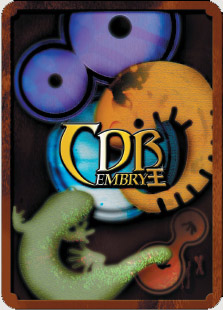
Updated July 10, 2016
The RIKEN Center for Developmental Biology has created a set of game cards illustrating basic concepts, such as embryonic stages of development, cell types, various model organisms used in research, and mutations in the fruit fly Drosophila.
Printed versions of these cards have been distributed to visitors to the CDB Open House as well as at a number of international academic meetings. The data for the cards are now available free of charge for non-commercial use.
Download a PDF file of all 30 game cards plus a two-sided game rules card. To print your own set of cards, open the file, and set your printer for two-sided printing using A4 paper, or [Fit to Page Size] when printing on other sizes of paper. We recommend using heavy card stock when printing.
Sadly, the link to the English version is broken (it downloads the Japanese version). But if you can read Japanese, Spanish, or Portuguese this seems like a nice little game.
Printed versions of these cards have been distributed to visitors to the CDB Open House as well as at a number of international academic meetings. The data for the cards are now available free of charge for non-commercial use.
Download a PDF file of all 30 game cards plus a two-sided game rules card. To print your own set of cards, open the file, and set your printer for two-sided printing using A4 paper, or [Fit to Page Size] when printing on other sizes of paper. We recommend using heavy card stock when printing.
Sadly, the link to the English version is broken (it downloads the Japanese version). But if you can read Japanese, Spanish, or Portuguese this seems like a nice little game.
Smokejumpers
Increasing industrialization of both the Alberta Tar Sands and Ontario's Ring of Fire, coupled with a longer fire season brought on by global climate change, are a potential disaster-in-waiting. City students have very little 'feel' for how fast a forest fire can spread. This simulation can help.
As the crew looks out the windows of the twin otter, a smoke column stands out as the only interruption in a sea of spruce. Candling flames jump into the sky as individual trees burst into combustion. The plane slows down to circle the fire and crepe paper is tossed out to test the wind. Then the smokejumpers, each clothed in kevlar and packing 35 pounds of gear, jump through the door and parachute 1500 feet to a postage stamp opening in the stand. Polaskis begin to dig into the thick duff layer and in a few hours a trench is dug around a fire the size of a football field. As the fire subsides into smoldering pockets, the jumpers take their first break. Now it's Miller time.
Smokejumpers is a solitaire game simulating fire fighting efforts. The player assumes the role of a fire boss and must decide the most effective way of fighting a forest fire - both in terms of tactics used and value lost. Fire growth is governed by the game system, with wind and fuel moisture content as the driving forces. The goal of the player is to contain the fire while keeping costs low and still be able to get home in time for supper.
The four 11 x 17" maps represent typical forested areas of predominantly coniferous (evergreen) stands. The maps are geomorphic so they can be joined in combinations to create larger playing areas. The 240 die-cut, back-printed counters represent fires (active and soldering), fire fighting resosurces (crews, helicopters and other equipment), and containment lines.
Smokejumpers is an intriguing simulation. The rules are based on the actual models used by the Canadian Forest Service, where Dr. Anderson is a research scientist.
As the crew looks out the windows of the twin otter, a smoke column stands out as the only interruption in a sea of spruce. Candling flames jump into the sky as individual trees burst into combustion. The plane slows down to circle the fire and crepe paper is tossed out to test the wind. Then the smokejumpers, each clothed in kevlar and packing 35 pounds of gear, jump through the door and parachute 1500 feet to a postage stamp opening in the stand. Polaskis begin to dig into the thick duff layer and in a few hours a trench is dug around a fire the size of a football field. As the fire subsides into smoldering pockets, the jumpers take their first break. Now it's Miller time.
Smokejumpers is a solitaire game simulating fire fighting efforts. The player assumes the role of a fire boss and must decide the most effective way of fighting a forest fire - both in terms of tactics used and value lost. Fire growth is governed by the game system, with wind and fuel moisture content as the driving forces. The goal of the player is to contain the fire while keeping costs low and still be able to get home in time for supper.
The four 11 x 17" maps represent typical forested areas of predominantly coniferous (evergreen) stands. The maps are geomorphic so they can be joined in combinations to create larger playing areas. The 240 die-cut, back-printed counters represent fires (active and soldering), fire fighting resosurces (crews, helicopters and other equipment), and containment lines.
Smokejumpers is an intriguing simulation. The rules are based on the actual models used by the Canadian Forest Service, where Dr. Anderson is a research scientist.
Snowbirds
Winter is coming, and your flock of snow geese must make their annual migration south. Your objective is to guide your flock from North to South, along a series of randomly constructed journeys. At each location, you will need to make the best use of your limited actions to keep your flock healthy, well-fed, and always on the move. Success depends on balancing the resources available against the risks of the journey.
Action cards may be played for one of several purposes, but as single-use resources, must be balanced against competing needs. Will you forage for food, or fly on an empty belly? Each flight brings a roll of the dice, and a risk of exhaustion, which you can offset by sacrificing future flights. Exhaustion and hunger always loom. Your goal is to reach the South before running out of actions, before your flock is too worn out to continue.
Can you fly them all home?
This interesting little game by Brian Garthwaite is a free print-and-play card game made available under a Creative Commons license. It seems simple: fly your flock of geese south, but you have a limited number of action cards and, like real geese, must make trade-offs to reach your destination. There is one expansion currently available with more in the works.
There are a number of computer simulations out there, but I confess I have a weakness for old-fashioned paper simulations, as they often promote a deeper understanding. This little game is worth a look. A cool class project might be adding specific map cards representing actual locations near your school.
The basic game is a solitaire game. The first expansion, Sunset Skies, adds rules for a two-player game in which players must cooperate and compete to finish their migration.
The game is currently hosted on Board Game Geek, a web site devoted to non-computer games. You will have to create an account to download the files, but it’s free — and while you’re there you might find other free print-and-play games to enjoy!
Action cards may be played for one of several purposes, but as single-use resources, must be balanced against competing needs. Will you forage for food, or fly on an empty belly? Each flight brings a roll of the dice, and a risk of exhaustion, which you can offset by sacrificing future flights. Exhaustion and hunger always loom. Your goal is to reach the South before running out of actions, before your flock is too worn out to continue.
Can you fly them all home?
This interesting little game by Brian Garthwaite is a free print-and-play card game made available under a Creative Commons license. It seems simple: fly your flock of geese south, but you have a limited number of action cards and, like real geese, must make trade-offs to reach your destination. There is one expansion currently available with more in the works.
There are a number of computer simulations out there, but I confess I have a weakness for old-fashioned paper simulations, as they often promote a deeper understanding. This little game is worth a look. A cool class project might be adding specific map cards representing actual locations near your school.
The basic game is a solitaire game. The first expansion, Sunset Skies, adds rules for a two-player game in which players must cooperate and compete to finish their migration.
The game is currently hosted on Board Game Geek, a web site devoted to non-computer games. You will have to create an account to download the files, but it’s free — and while you’re there you might find other free print-and-play games to enjoy!
Tribes Cards
Tribes is a neat little game published by Steve Jackson Games. In it, the players each take the role of a palaeolithic tribesperson. They can be male or female, and a hunter, gatherer, or crafter. The winner of the game is the player with the most surviving adult children.
Back when ecology was part of the grade 10 curriculum, I would run a Tribes game over a semester with my gifted students, taking 5 minutes per period to handle each turn, and doing all the dice-rolling and book-keeping outside of class time. I used these cards and little envelopes to simplify accounting: students could trade what they wanted during the five-minute turn, and wrote a short note with their actions for the next season. I resolved all their actions between classes, and added food obtained and tools made, as well as took out food eaten.
It worked well with gifted 15-year-olds. I think it would need some simplification for younger students.
What are the links to ecology? In addition to hunting grounds getting hunted out and needing time to recover, the tribe itself is part of the ecosystem, and students can experience the stresses of overpopulation, migration, and boom-bust cycles.
Back when ecology was part of the grade 10 curriculum, I would run a Tribes game over a semester with my gifted students, taking 5 minutes per period to handle each turn, and doing all the dice-rolling and book-keeping outside of class time. I used these cards and little envelopes to simplify accounting: students could trade what they wanted during the five-minute turn, and wrote a short note with their actions for the next season. I resolved all their actions between classes, and added food obtained and tools made, as well as took out food eaten.
It worked well with gifted 15-year-olds. I think it would need some simplification for younger students.
What are the links to ecology? In addition to hunting grounds getting hunted out and needing time to recover, the tribe itself is part of the ecosystem, and students can experience the stresses of overpopulation, migration, and boom-bust cycles.
Upstream
Welcome to the wild. Welcome to Upstream: A game about the natural cycle of life.
Like every spring, the melted snow fills the riverbeds, opening the way back home for the Salmon, after a life swimming in the oceans… Each player controls a bank of salmons swimming upstream to lay their eggs where they were born. During their journey they will face hungry bears, fierce birds of prey, as well as patient fishermen, which they must avoid in order to survive. These are not the only hazards the Salmons must face, as each round of play the strength of the water flow will cause some pieces of the river to fall back, making it impossible for some fishes to keep their way upstream.
Upstream is an eurotrash-style game of tile placement and grid movement through an action point allowance system for 2 to 5 players of ages 6 and up. Games last around 20 minutes.
This lovely little game gives players a good idea of the dangers salmon face as they head upstream to spawn. It plays quickly so it is easy for students to write (and test) new rules to add additional dangers for the salmon to overcome, such as dams, chemical spills, sport and commercial fishing, and so on.
At €25 it’s a tad expensive, especially when you add shipping from Europe, but the artwork is wonderful.
2 Tomatoes Games is currently making a print-and-play version available for free, which is very generous of them.
Like every spring, the melted snow fills the riverbeds, opening the way back home for the Salmon, after a life swimming in the oceans… Each player controls a bank of salmons swimming upstream to lay their eggs where they were born. During their journey they will face hungry bears, fierce birds of prey, as well as patient fishermen, which they must avoid in order to survive. These are not the only hazards the Salmons must face, as each round of play the strength of the water flow will cause some pieces of the river to fall back, making it impossible for some fishes to keep their way upstream.
Upstream is an eurotrash-style game of tile placement and grid movement through an action point allowance system for 2 to 5 players of ages 6 and up. Games last around 20 minutes.
This lovely little game gives players a good idea of the dangers salmon face as they head upstream to spawn. It plays quickly so it is easy for students to write (and test) new rules to add additional dangers for the salmon to overcome, such as dams, chemical spills, sport and commercial fishing, and so on.
At €25 it’s a tad expensive, especially when you add shipping from Europe, but the artwork is wonderful.
2 Tomatoes Games is currently making a print-and-play version available for free, which is very generous of them.
Virulence: An Infectious Card Game
Virulence is an addictively quick and simple card game for 2 to 5 players, that plays in 15 to 20 minutes. Players take on the role of viruses and compete to infect a host cell in order to replicate their own viral components allowing players to build their power or score points!
How to Play Virulence
All players simultaneously place secret blind bids which determines the order in which they select from the available Viral Component cards. Players want to be one of the higher bidders in as many rounds as they can, but the real challenge is to do so without wasting their best bidding cards.
The Viral Component cards won may help a player to build the power of their hand, allowing them to win critical bids later in the game, or combine in sets scoring points in a varying number of ways.
This is a fun little game. I’m not certain how much educational value it has in a biology course, but it makes a nice science-themed game.
How to Play Virulence
All players simultaneously place secret blind bids which determines the order in which they select from the available Viral Component cards. Players want to be one of the higher bidders in as many rounds as they can, but the real challenge is to do so without wasting their best bidding cards.
The Viral Component cards won may help a player to build the power of their hand, allowing them to win critical bids later in the game, or combine in sets scoring points in a varying number of ways.
This is a fun little game. I’m not certain how much educational value it has in a biology course, but it makes a nice science-themed game.
Chemistry
Compounded
Compounded is a game about building chemical compounds through careful management of elements, a fair bit of social play and trading, and just a bit of luck. In Compounded, players take on the roles of lab managers, hastily competing to complete the most compounds before they are finished by others – or destroyed in an explosion. Some compounds are flammable and will grow more and more volatile over time; take too long to gather the necessary elements for those compounds and a lot of hard work will soon be scattered across the lab.
Although Compounded does involve a fair share of press-your-luck tension and certainly some strategic planning, the most successful scientists will often be those who strike a good trade with their fellow lab mates. Players are able to freely trade elements, laboratory tools and even favors — if there is truly honor among chemists!
I picked up this just before Christmas. Although it makes a nice family game, it has way too many pieces to be useful in the classroom (unless your students are much more careful than any I’ve ever had). While the compounds the players have to form are real, they don't need to know any chemistry to do that, and the game doesn't really reinforce any.
I’d rate this one a fun science-themed game, but not really an educational game.
Although Compounded does involve a fair share of press-your-luck tension and certainly some strategic planning, the most successful scientists will often be those who strike a good trade with their fellow lab mates. Players are able to freely trade elements, laboratory tools and even favors — if there is truly honor among chemists!
I picked up this just before Christmas. Although it makes a nice family game, it has way too many pieces to be useful in the classroom (unless your students are much more careful than any I’ve ever had). While the compounds the players have to form are real, they don't need to know any chemistry to do that, and the game doesn't really reinforce any.
I’d rate this one a fun science-themed game, but not really an educational game.
Covalence: A Molecule Building Game
Covalence is a chemistry-themed cooperative game where players work together to accurately build a number of secret organic molecules. One player has knowledge of a set of Secret Molecules. All other players must deduce what these secret molecules are, based upon clues given to them. Players must cooperatively construct their molecules before the clues run out!
How to Play
One player takes on the role of the “Knower” while all other players then become the “Builders”. The Knower has access to a number of Secret Molecules and will give the Builders clues about these as they attempt to identify their structure. After setting up the Clue cards in front of her, the Knower will randomly designate 3 Secret Molecule cards for each Builder (4 Secret Molecules if there is only one Builder). Each Builder then takes a set of Element Tiles that bear a variety of elements and bonding patterns.
The Knower must study the Secret Molecules designated to each Builder and then give each Builder clue cards that relate to their specific Molecule!
Each Builder must interpret these Clues as they arrange and rearrange their individual Element Tiles, attempting to deduce the structure of their Secret Molecule.
Builders may request new Clues from the Knower as the game progresses with their limited supply of Clue Tokens.
When the Builders think that the molecular structures they have built match their Secret Molecules, they submit their structure to the Knower with a Guess Token.
If the Builders submit their molecular structures and are wrong, they have exhausted precious resources and are that much closer to losing the game.
If the Builders submit their molecular structures and are correct, they receive more Clue Tokens as a reward and may begin building their next Secret Molecule! If each Builder is able to correctly build both of their Secret Molecules, everyone wins!
You don’t need to know chemistry to play this game. I don’t teach organic chemistry, but I think this might be useful as a light-hearted review.
How to Play
One player takes on the role of the “Knower” while all other players then become the “Builders”. The Knower has access to a number of Secret Molecules and will give the Builders clues about these as they attempt to identify their structure. After setting up the Clue cards in front of her, the Knower will randomly designate 3 Secret Molecule cards for each Builder (4 Secret Molecules if there is only one Builder). Each Builder then takes a set of Element Tiles that bear a variety of elements and bonding patterns.
The Knower must study the Secret Molecules designated to each Builder and then give each Builder clue cards that relate to their specific Molecule!
Each Builder must interpret these Clues as they arrange and rearrange their individual Element Tiles, attempting to deduce the structure of their Secret Molecule.
Builders may request new Clues from the Knower as the game progresses with their limited supply of Clue Tokens.
When the Builders think that the molecular structures they have built match their Secret Molecules, they submit their structure to the Knower with a Guess Token.
If the Builders submit their molecular structures and are wrong, they have exhausted precious resources and are that much closer to losing the game.
If the Builders submit their molecular structures and are correct, they receive more Clue Tokens as a reward and may begin building their next Secret Molecule! If each Builder is able to correctly build both of their Secret Molecules, everyone wins!
You don’t need to know chemistry to play this game. I don’t teach organic chemistry, but I think this might be useful as a light-hearted review.
Element Bingo
A simple set of bingo cards for the first 20 elements, plus 11 others that we often use (like copper, silver, and iron).
Contains 200 bingo cards, element chits to draw from a hat, and a caller’s card to keep track of what you’ve called.
This version is formatted with my standard grade nine course layout.
Contains 200 bingo cards, element chits to draw from a hat, and a caller’s card to keep track of what you’ve called.
This version is formatted with my standard grade nine course layout.
A simple set of bingo cards for the first 20 elements, plus 11 others that we often use (like copper, silver, and iron).
Contains 200 bingo cards, element chits to draw from a hat, and a caller’s card to keep track of what you’ve called.
This version is formatted with my standard grade ten course layout.
Contains 200 bingo cards, element chits to draw from a hat, and a caller’s card to keep track of what you’ve called.
This version is formatted with my standard grade ten course layout.
Elements Matching Game
Cards for a game involving matching elements and symbols. Sized to use standard business card stock.
The cards can also be printed as flashcards, with the symbol on the front and the element on the back.
This version is formatted with my standard grade nine course layout.
The cards can also be printed as flashcards, with the symbol on the front and the element on the back.
This version is formatted with my standard grade nine course layout.
ION: A Compound Building Game
ION: A Compound Building Game is a simple card drafting game where players select from a number of available ion cards and noble gas cards, with the objective of forming either neutrally charged compounds or sets of stable noble gases.
How to Play
Each player is initially dealt eight cards. They choose one card and pass the remaining to the player on their left, while they receive the same amount of cards from the player on their right (this is commonly referred to as “card drafting” or “pick and pass”).
Selected cards must be either (1) bonded to another ion or (2) set alone. Players only score points for neutrally balanced cards. So a positive charged Sodium (Na+) bonding with a negatively charge Chloride (Cl-), forming a neutral NaCl compound. would score points.
Points are scored at the end of each round and player may gain additional points for building specific compounds listed on the goal cards for that round. After three rounds the player with the most points wins!
The game comes with multiple expansions including a Transition Metals expansion, a Polyatomic Ion expansion, and a Radioactive Card expansion.
This game take a different approach to my own Ionicompounds game.
How to Play
Each player is initially dealt eight cards. They choose one card and pass the remaining to the player on their left, while they receive the same amount of cards from the player on their right (this is commonly referred to as “card drafting” or “pick and pass”).
Selected cards must be either (1) bonded to another ion or (2) set alone. Players only score points for neutrally balanced cards. So a positive charged Sodium (Na+) bonding with a negatively charge Chloride (Cl-), forming a neutral NaCl compound. would score points.
Points are scored at the end of each round and player may gain additional points for building specific compounds listed on the goal cards for that round. After three rounds the player with the most points wins!
The game comes with multiple expansions including a Transition Metals expansion, a Polyatomic Ion expansion, and a Radioactive Card expansion.
This game take a different approach to my own Ionicompounds game.
IoniCompounds Game
IoniCompounds is a fun way for students to practice forming ionic compounds. The unique ion cards make it easy to visually balance ionic compounds, while the special cards keep play exciting until the last turn.
This file contains rulebook, cards, and a folding storage box — everything needed to play IoniCompounds. The rulebook should be printed double-sided, folded, and stapled to make a small booklet. The cards can be printed on pre-punched business card stock, or printed on card stock and cut out. Alternate card backs make multiple classroom sets easy to sort out if your students get them mixed up.
This file contains rulebook, cards, and a folding storage box — everything needed to play IoniCompounds. The rulebook should be printed double-sided, folded, and stapled to make a small booklet. The cards can be printed on pre-punched business card stock, or printed on card stock and cut out. Alternate card backs make multiple classroom sets easy to sort out if your students get them mixed up.
Periodic: A game of the Elements
Periodic: A Game of The Elements is a strategy board game designed around the periodic table of elements, as well as some of the most fundamental principles in chemistry that can be derived from the structure and function of the periodic table.
Players maneuver across the periodic table to collect elements to score Goal Cards, and land on element groups to score points. Players either pay energy to use multiple periodic trends to move across the table, or select just one trend and collect all the energy payed to that trend!
This is more a chemistry-themed game, in that you can play it without knowing chemistry, but it will certainly help reinforce vocabulary and concepts. I can't see using this in the classroom, but it would make a cool game for a games club if your school has one — and a lovely present for your favourite young science geek!
Players maneuver across the periodic table to collect elements to score Goal Cards, and land on element groups to score points. Players either pay energy to use multiple periodic trends to move across the table, or select just one trend and collect all the energy payed to that trend!
This is more a chemistry-themed game, in that you can play it without knowing chemistry, but it will certainly help reinforce vocabulary and concepts. I can't see using this in the classroom, but it would make a cool game for a games club if your school has one — and a lovely present for your favourite young science geek!
Rare Earth: Chemical Element Card Game
From cute little Hydrogen to heroic Meitnerium to mysterious Ununoctium, chemical element cartoon characters are bonding together, mixing-it-up and raiding each other’s Labs to capture Protons in this exciting card game.
With the Rare Earth Chemical Element Card Game, every child has fun learning the fundamentals of Chemistry, Great for Science classrooms and entertaining for kids and families, players win by combining chemical element cards.
This game is built around forming binary ionic compounds. Bonding a new compound gets you an energy card, which lets you mix an alloy. Forming a compound or allow also lets you steal a compound or allow from one of your opponents.
An expansion pack is available that adds cards to make a complete periodic table.
The rules include several variants, making it suitable for different grades. For the basic game you don't need to know any chemistry — it’s built into the rules. I would start with the simplest version (intended for children) and add complexity if the class likes the game.
Rare Earth is designed for 2-6 players, so the average classroom would need 5-6 sets. Fortunately, there’s a classroom price: six sets plus an expansion pack for the price of five, with free shipping.
LeapCloud is a Canadian company, which makes shipping a lot more reasonable than it is for many products (and free if you order two products at once).
With the Rare Earth Chemical Element Card Game, every child has fun learning the fundamentals of Chemistry, Great for Science classrooms and entertaining for kids and families, players win by combining chemical element cards.
This game is built around forming binary ionic compounds. Bonding a new compound gets you an energy card, which lets you mix an alloy. Forming a compound or allow also lets you steal a compound or allow from one of your opponents.
An expansion pack is available that adds cards to make a complete periodic table.
The rules include several variants, making it suitable for different grades. For the basic game you don't need to know any chemistry — it’s built into the rules. I would start with the simplest version (intended for children) and add complexity if the class likes the game.
Rare Earth is designed for 2-6 players, so the average classroom would need 5-6 sets. Fortunately, there’s a classroom price: six sets plus an expansion pack for the price of five, with free shipping.
LeapCloud is a Canadian company, which makes shipping a lot more reasonable than it is for many products (and free if you order two products at once).
States of Matter Game
A simple card game designed to reinforce states of matter and phase transitions. Cards represent either states of matter or phase transitions.
Players race to be the first to empty their hand, laying down state and transition cards in the correct sequence.
This print-and-play game is formatted to be printed on prepunched business card stock, making it fast to print a class set of games.
Players race to be the first to empty their hand, laying down state and transition cards in the correct sequence.
This print-and-play game is formatted to be printed on prepunched business card stock, making it fast to print a class set of games.
Subatomic: An Atom-Building Board Game
Subatomic is a deck-building game themed around the intersection of particle physics and chemistry. Players start with a hand of Up Quarks, Down Quarks and Particle/Wave Duality cards, which they use to form protons, neutrons, and electrons. Players combine these subatomic particles to either build available Elements or buy even more powerful cards for their deck.
Players start with a hand of 5 cards. They use their Up Quarks and Down Quarks to create Protons and Neutrons, and use their Particle/Wave Duality Cards to create Electrons.
They can either use these Subatomic Particles to either purchase Subatomic Particle cards that get mixed into a player's starter deck, making it more powerful, or build up the atom on their player mat (in order to claim Element Cards, which are what score them points).
When a player claims an Element, they also place two Goal Markers on the board, competing over control for additional end game points. At the end of the game, you'll get points for End Goals based on the Elements you built during the game IF you have the most or second most Goal Markers on any given End Goal.
Player can also remove weaker cards from their deck (cull their deck) by Annihilating cards from their hand for a cost of 2 energy.
I backed this game on Kickstarter, after playtesting it a couple of times. While too complicated to fit into the regular science classroom, it would make a useful addition to a school gaming club's library.
Players start with a hand of 5 cards. They use their Up Quarks and Down Quarks to create Protons and Neutrons, and use their Particle/Wave Duality Cards to create Electrons.
They can either use these Subatomic Particles to either purchase Subatomic Particle cards that get mixed into a player's starter deck, making it more powerful, or build up the atom on their player mat (in order to claim Element Cards, which are what score them points).
When a player claims an Element, they also place two Goal Markers on the board, competing over control for additional end game points. At the end of the game, you'll get points for End Goals based on the Elements you built during the game IF you have the most or second most Goal Markers on any given End Goal.
Player can also remove weaker cards from their deck (cull their deck) by Annihilating cards from their hand for a cost of 2 energy.
I backed this game on Kickstarter, after playtesting it a couple of times. While too complicated to fit into the regular science classroom, it would make a useful addition to a school gaming club's library.
Climate Science
CO2: Second Chance
In the 1970s, the governments of the world faced unprecedented demand for energy, and polluting power plants were built everywhere in order to meet that demand. Year after year, the pollution they generate increases, and nobody has done anything to reduce it. Now, the impact of this pollution has become too great, and humanity is starting to realize that we must meet our energy demands through clean sources of energy. Companies with expertise in clean, sustainable energy are called in to propose projects that will provide the required energy without polluting the environment. Regional governments are eager to fund these projects and to invest in their implementation.
If the pollution isn't stopped, it's game over for all of us.
In the game CO2, each player is the CEO of an energy company responding to government requests for new, green power plants. The goal is to stop the increase of pollution while meeting the rising demand for sustainable energy — and of course profiting from doing so. You will need enough expertise, money, and resources to build these clean power plants. Energy summits will promote global awareness, and allow companies to share a little of their expertise while learning still more from others.
A game of CO2: Second Chance lasts 4 or 5 decades; in each decade the players alternate taking a certain number of turns (depending on the number of players). During the game, the players must build and develop green power plants to supply the energy demands from all regions of the world. If there are not enough green power plants, the regions will build fossil fuel power plants to cover the energy gap increasing global pollution. If the pollution reaches 500 ppm the game is over and all players lose the game.
In CO2, each region starts with a certain number of Carbon Emissions Permits (CEPs) at its disposal. These CEPs are granted by the United Nations, and they must be spent whenever the region needs to install the energy infrastructure for a project or to construct a fossil fuel power plant. CEPs can be bought and sold on a market, and their price fluctuates throughout the game. You will want to try to maintain control over the CEPs.
Money, CEPs, Green Power Plants that you've built, UN Goals you've completed, Company Goals you've met, and Expertise you've gained all give you Victory Points (VPs), which represent your Company's reputation — and having the best reputation is the goal of the game … in addition to saving the planet, of course.
I backed this project on Kickstarter (where you can find a walkthrough of the game if you want to check it out). It looks too complicated (and expensive) to use in one of my classes, but I could see a group of students really enjoying it. If your school has a gaming club it would make a good addition!
I suspect that the place for this in the classroom would be as a long-term game (in cooperative mode) where teams of students make one move per period, with the teacher handling all the logistics and dice-rolling between classes). I did something similar with Tribes and it worked well. To make it work you'd need a place you could leave the game out undisturbed for weeks, and the flexibility to take 5-10 minutes out of every period for the duration of the game.
If the pollution isn't stopped, it's game over for all of us.
In the game CO2, each player is the CEO of an energy company responding to government requests for new, green power plants. The goal is to stop the increase of pollution while meeting the rising demand for sustainable energy — and of course profiting from doing so. You will need enough expertise, money, and resources to build these clean power plants. Energy summits will promote global awareness, and allow companies to share a little of their expertise while learning still more from others.
A game of CO2: Second Chance lasts 4 or 5 decades; in each decade the players alternate taking a certain number of turns (depending on the number of players). During the game, the players must build and develop green power plants to supply the energy demands from all regions of the world. If there are not enough green power plants, the regions will build fossil fuel power plants to cover the energy gap increasing global pollution. If the pollution reaches 500 ppm the game is over and all players lose the game.
In CO2, each region starts with a certain number of Carbon Emissions Permits (CEPs) at its disposal. These CEPs are granted by the United Nations, and they must be spent whenever the region needs to install the energy infrastructure for a project or to construct a fossil fuel power plant. CEPs can be bought and sold on a market, and their price fluctuates throughout the game. You will want to try to maintain control over the CEPs.
Money, CEPs, Green Power Plants that you've built, UN Goals you've completed, Company Goals you've met, and Expertise you've gained all give you Victory Points (VPs), which represent your Company's reputation — and having the best reputation is the goal of the game … in addition to saving the planet, of course.
I backed this project on Kickstarter (where you can find a walkthrough of the game if you want to check it out). It looks too complicated (and expensive) to use in one of my classes, but I could see a group of students really enjoying it. If your school has a gaming club it would make a good addition!
I suspect that the place for this in the classroom would be as a long-term game (in cooperative mode) where teams of students make one move per period, with the teacher handling all the logistics and dice-rolling between classes). I did something similar with Tribes and it worked well. To make it work you'd need a place you could leave the game out undisturbed for weeks, and the flexibility to take 5-10 minutes out of every period for the duration of the game.
Cool It!
I haven't had a chance to try this one yet, but it looks interesting:
Cool It! is the new card game from UCS that teaches kids about the choices we have when it comes to climate change—and how policy and technology decisions made today will matter.
The game enables teachers and parents to talk about global warming in a fun and hopeful way. Kids, meanwhile, will learn that all of us make choices that determine whether the world warms a little or a lot, and which of those choices reduce global warming emissions.
The game requires at least three or four players (more can be added with additional decks) and is appropriate for ages eight and up. To win, a player must collect a certain number of "solution" cards in the categories of energy, transportation, and forests; players can slow each others' progress by playing "problem" cards in those same categories.
UCS staff worked with a science educator to refine the game and produce an elementary and middle school teachers' guide. A prototype of the game was tested at several elementary schools.
Play is pretty simple (the game is aimed at ages 8 to adult), but it looks like it might make a good activity to spark discussion about coping with climate change.
Cool It! is the new card game from UCS that teaches kids about the choices we have when it comes to climate change—and how policy and technology decisions made today will matter.
The game enables teachers and parents to talk about global warming in a fun and hopeful way. Kids, meanwhile, will learn that all of us make choices that determine whether the world warms a little or a lot, and which of those choices reduce global warming emissions.
The game requires at least three or four players (more can be added with additional decks) and is appropriate for ages eight and up. To win, a player must collect a certain number of "solution" cards in the categories of energy, transportation, and forests; players can slow each others' progress by playing "problem" cards in those same categories.
UCS staff worked with a science educator to refine the game and produce an elementary and middle school teachers' guide. A prototype of the game was tested at several elementary schools.
Play is pretty simple (the game is aimed at ages 8 to adult), but it looks like it might make a good activity to spark discussion about coping with climate change.
Daybreak
Daybreak is a cooperative boardgame about stopping climate change. It presents a hopeful vision of the near future, where you get to build the mind-blowing technologies and resilient societies we need to save the planet.
Daybreak is designed by Matt Leacock, creator of the hit game Pandemic, and Matteo Menapace. The box is absolutely stuffed with sustainable components, featuring hundreds of original illustrations by a diverse team of (human) artists from around the world.
Daybreak is for 1-4 players, ages 10+, and takes 60-90 minutes to play.
Daybreak is an excellent game, but too complicated for most grade ten students to manage on their own. If you have a bright class you could run it as a group activity. It helps that play is asynchronous and simultaneous within phases. The linked website has rules and a how-to-play video, so you can decide if it's within your students' capabilities. If you do decide to get it, the publishers have a program for teachers; the link is on the website.
Aside from being a really fun game with great art (and sustainably made, too), Daybreak has great resources for teaching climate science. Each action card has a QR code leading to a page on their website that gives background and explains both the real-world and in-game effects of the action, as well as providing links to further information and actions that can be taken to implement it in the real world. This resource alone makes me happy I supported the game, because these summaries are at just the right level for my students.
Here is an example:
Fossil Fuel Subsidies Ban
Around the world, energy produced using fossil fuels is made cheaper by government subsidies. Subsidies can include governments announcing discounts on energy bills, lowering costs for customers; or they can be direct payments to companies that extract fossil fuels and produce energy from them. In 2020, worldwide fossil fuel subsidies totalled US$5.9 trillion, or 6.8% of global GDP.
They might lower prices, but subsidies come at a high cost. By encouraging the burning of fossil fuels, these subsidies contribute to the climate emergency, cause ill health and premature death from air pollution, and mostly benefit wealthier people, as they rarely target poorer groups. Subsidies have also held back the growth in renewable energy by making fossil fuels artificially cheap.
At the UN climate conference (COP26) in 2021, countries agreed to accelerate the phase-out of some fossil fuel subsidies. This could open up much needed funding and make it easier for renewable energy infrastructure to take off. But, despite the huge benefits of doing this, many countries have found it difficult to reform their energy subsidies. This is partly because it can lead to a temporary increase in energy prices, which impacts citizens, leading to a political backlash. Fossil fuel companies are also effective at lobbying governments to keep subsidies.
Daybreak is designed by Matt Leacock, creator of the hit game Pandemic, and Matteo Menapace. The box is absolutely stuffed with sustainable components, featuring hundreds of original illustrations by a diverse team of (human) artists from around the world.
Daybreak is for 1-4 players, ages 10+, and takes 60-90 minutes to play.
Daybreak is an excellent game, but too complicated for most grade ten students to manage on their own. If you have a bright class you could run it as a group activity. It helps that play is asynchronous and simultaneous within phases. The linked website has rules and a how-to-play video, so you can decide if it's within your students' capabilities. If you do decide to get it, the publishers have a program for teachers; the link is on the website.
Aside from being a really fun game with great art (and sustainably made, too), Daybreak has great resources for teaching climate science. Each action card has a QR code leading to a page on their website that gives background and explains both the real-world and in-game effects of the action, as well as providing links to further information and actions that can be taken to implement it in the real world. This resource alone makes me happy I supported the game, because these summaries are at just the right level for my students.
Here is an example:
Fossil Fuel Subsidies Ban
Around the world, energy produced using fossil fuels is made cheaper by government subsidies. Subsidies can include governments announcing discounts on energy bills, lowering costs for customers; or they can be direct payments to companies that extract fossil fuels and produce energy from them. In 2020, worldwide fossil fuel subsidies totalled US$5.9 trillion, or 6.8% of global GDP.
They might lower prices, but subsidies come at a high cost. By encouraging the burning of fossil fuels, these subsidies contribute to the climate emergency, cause ill health and premature death from air pollution, and mostly benefit wealthier people, as they rarely target poorer groups. Subsidies have also held back the growth in renewable energy by making fossil fuels artificially cheap.
At the UN climate conference (COP26) in 2021, countries agreed to accelerate the phase-out of some fossil fuel subsidies. This could open up much needed funding and make it easier for renewable energy infrastructure to take off. But, despite the huge benefits of doing this, many countries have found it difficult to reform their energy subsidies. This is partly because it can lead to a temporary increase in energy prices, which impacts citizens, leading to a political backlash. Fossil fuel companies are also effective at lobbying governments to keep subsidies.
Forest Fables Card Game
A card game from the book Climate Change, Children, and Youth by UNICEF and CIDA. I made nicer versions of the cards with artwork and colour, and reformatted the teacher’s information to match my other handouts and the new cards. This 18-page PDF file contains everything you need to print and play the game.
The Game of Floods
The "Game of Floods" was developed by the County of Marin as a public education activity on sea level rise adaptation, including traditional flood protection measures such as levees and seawalls; green infrastructure approaches including horizontal levees, wetland restorations, and beach nourishment; and policy/zoning changes. The Game of Floods is a small group activity, with 4-6 participants tasked with developing a vision for ‘Marin Island 2050,’ a hypothetical landscape that highlights the conditions that will be experienced in Marin in coming years with sea level rise and increased storm impacts causing the loss or deterioration of homes, community facilities, roads, agricultural land, beaches, wetlands, lagoons, and other resources.
To start the game, participants are given a lesson with an adaptation strategy reference sheet, including the effectiveness, environmental impacts/benefits, and cost estimates. Integral to the activity is the introduction and consideration of green infrastructure as an alternative to traditional levees and sea walls, with habitat and water quality benefits of such concepts articulated. Seated around the game board, participants take turns championing assets they value and proposing strategies to protect these sites from sea level rise and storm impacts. The game creates a lively interaction between participants, heightening awareness of the challenges of planning for sea level rise. The game concludes with group discussion to obtain consensus for a vision which protects critical assets, while maximizing ecosystems benefits through wetland restoration and other living shoreline approaches.
I haven't had a chance to try this yet, so I'm not certain how well it would work in the classroom. The website mentions it has been used in high schools, so I imagine it won’t need many tweaks to fit it into a lesson on adaptation.
To start the game, participants are given a lesson with an adaptation strategy reference sheet, including the effectiveness, environmental impacts/benefits, and cost estimates. Integral to the activity is the introduction and consideration of green infrastructure as an alternative to traditional levees and sea walls, with habitat and water quality benefits of such concepts articulated. Seated around the game board, participants take turns championing assets they value and proposing strategies to protect these sites from sea level rise and storm impacts. The game creates a lively interaction between participants, heightening awareness of the challenges of planning for sea level rise. The game concludes with group discussion to obtain consensus for a vision which protects critical assets, while maximizing ecosystems benefits through wetland restoration and other living shoreline approaches.
I haven't had a chance to try this yet, so I'm not certain how well it would work in the classroom. The website mentions it has been used in high schools, so I imagine it won’t need many tweaks to fit it into a lesson on adaptation.
Geoengineering 101
This game by Alfred Twu is available in two forms: a boxed game available from The Game Crafter, and a print-and-play version available (on the Geoengineering 101 web site) under a Creative Commons license.
Action to stop climate change came too little and too late. Geoengineering, although dangerous and unproven, is now on the table. A world like this has no winners, but can you minimize the hardship your regions face?
The Story Behind the Game: There’s a wishful but dangerous line of thinking that stopping climate change by cutting carbon emissions isn’t that urgent since geoengineering offers a technological fix. Scientists have warned that while things like aerosols or cloud seeding could lower temperatures, there are lots of unknown side effects, as well as equity issues.
How to Play the Game: In Geoengineering 101, you’re one of two to four world leaders, and you have two parallel but sometimes competing goals: One is to minimize the hardship your regions endure from heat, drought, or flood. The other is to fully decarbonize the world economy. Only by eliminating all fossil fuel use can climate change be slowed and the game won. However, in the meantime, the air conditioners and pumps running on fossil fuels can shield you from the some of the impacts.
Though what is winning anyway? A world where climate change has gotten so bad that geoengineering is on the table is one without winners, only those that lose less. There's only one way to “win” in Geoengineering 101: have the least amount of Hardship when all Carbon Tokens are finally removed. There’s plenty of ways to lose: having all regions destroyed by the climate going off the charts, or when all the players suffer a total of 100 Hardship — which in a typical game, is only 10-15 turns away.
The game takes inspiration from real climate science and geoengineering ideas, as well as the political implications of different nations unilaterally or cooperatively meddling with the weather. Enjoy the game, but let’s hope that carbon emissions can be stopped before we ever have to play it for real.
After a couple of dry runs, I’m ready to try this one in the classroom. I”ll upload my classroom materials once they’re publication-ready.
Action to stop climate change came too little and too late. Geoengineering, although dangerous and unproven, is now on the table. A world like this has no winners, but can you minimize the hardship your regions face?
The Story Behind the Game: There’s a wishful but dangerous line of thinking that stopping climate change by cutting carbon emissions isn’t that urgent since geoengineering offers a technological fix. Scientists have warned that while things like aerosols or cloud seeding could lower temperatures, there are lots of unknown side effects, as well as equity issues.
How to Play the Game: In Geoengineering 101, you’re one of two to four world leaders, and you have two parallel but sometimes competing goals: One is to minimize the hardship your regions endure from heat, drought, or flood. The other is to fully decarbonize the world economy. Only by eliminating all fossil fuel use can climate change be slowed and the game won. However, in the meantime, the air conditioners and pumps running on fossil fuels can shield you from the some of the impacts.
Though what is winning anyway? A world where climate change has gotten so bad that geoengineering is on the table is one without winners, only those that lose less. There's only one way to “win” in Geoengineering 101: have the least amount of Hardship when all Carbon Tokens are finally removed. There’s plenty of ways to lose: having all regions destroyed by the climate going off the charts, or when all the players suffer a total of 100 Hardship — which in a typical game, is only 10-15 turns away.
The game takes inspiration from real climate science and geoengineering ideas, as well as the political implications of different nations unilaterally or cooperatively meddling with the weather. Enjoy the game, but let’s hope that carbon emissions can be stopped before we ever have to play it for real.
After a couple of dry runs, I’m ready to try this one in the classroom. I”ll upload my classroom materials once they’re publication-ready.
Keep Cool
I haven’t been able to find a copy of this yet, but I’m looking for one. Keep Cool is a German strategy board game about climate change, designed by scientists at the Potsdam Institute for Climate Impact Research.
Does global climate politics anger you? Do you want to make a difference? In KEEP COOL you’re a “global player”. You try to advance your own economic interests, while at the same time strong lobby groups like the oil industry or environmental groups affect whether you win or lose. When it’s your turn you decide whether to collaborate in protecting the environment or do what’s best for your own interests. You risk droughts, floods and health pandemics, but could stand to benefit from prosperity and a stable global climate. The winner is the first player to achieve their aim. But, if you’re not careful, all players could lose.
The KEEP COOL board game is bilingual German/English and can be played by children and adults of 12 and above. Supervised sessions work well with younger children.
It's pretty expensive (30 € plus shipping from Germany), but if you have connections it looks like it’s well worth playing. (This is now the third edition, which says something about both the game and the issue.)
Does global climate politics anger you? Do you want to make a difference? In KEEP COOL you’re a “global player”. You try to advance your own economic interests, while at the same time strong lobby groups like the oil industry or environmental groups affect whether you win or lose. When it’s your turn you decide whether to collaborate in protecting the environment or do what’s best for your own interests. You risk droughts, floods and health pandemics, but could stand to benefit from prosperity and a stable global climate. The winner is the first player to achieve their aim. But, if you’re not careful, all players could lose.
The KEEP COOL board game is bilingual German/English and can be played by children and adults of 12 and above. Supervised sessions work well with younger children.
It's pretty expensive (30 € plus shipping from Germany), but if you have connections it looks like it’s well worth playing. (This is now the third edition, which says something about both the game and the issue.)
Peak Oil
Welcome to the near future. Welcome to Peak Oil: A game about Crisis and Profit.
You are the top manager at one of the big oil companies, tasked with leading your enterprise into a future without oil. With peak oil looming ahead, you try to squeeze the last drops from oil fields around the world to gather the resources to invest into various oil replacement technologies. While you may try to emerge from the coming crisis by regular means, your competitors will most probably not, forcing you to dirty your hands as well.
Peak Oil is an eurotrash-style game of worker placement, set collection and push your luck for 2 to 5 players of ages 10 and up. Games last around 45 to 60 minutes.
This game isn’t a perfect fit for the curriculum, being more about politics and business than science, but it makes a fun diversion. I would use it as a supplement for interested students. (I backed it on KickStarter and haven’t had a chance to try it in my classroom yet.) If you teach an immersion science class you’ll be pleased to know you can get it in English, French, Spanish, and German versions.
At €45 it’s rather expensive for the classroom, especially when you add shipping from Europe, but the artwork is wonderful.
2 Tomatoes Games is currently making a print-and-play version available for free, which is very generous of them.
You are the top manager at one of the big oil companies, tasked with leading your enterprise into a future without oil. With peak oil looming ahead, you try to squeeze the last drops from oil fields around the world to gather the resources to invest into various oil replacement technologies. While you may try to emerge from the coming crisis by regular means, your competitors will most probably not, forcing you to dirty your hands as well.
Peak Oil is an eurotrash-style game of worker placement, set collection and push your luck for 2 to 5 players of ages 10 and up. Games last around 45 to 60 minutes.
This game isn’t a perfect fit for the curriculum, being more about politics and business than science, but it makes a fun diversion. I would use it as a supplement for interested students. (I backed it on KickStarter and haven’t had a chance to try it in my classroom yet.) If you teach an immersion science class you’ll be pleased to know you can get it in English, French, Spanish, and German versions.
At €45 it’s rather expensive for the classroom, especially when you add shipping from Europe, but the artwork is wonderful.
2 Tomatoes Games is currently making a print-and-play version available for free, which is very generous of them.
Phylo: WSF Coral Reef Deck
This deck, hosted by the World Science Festival, is an "expert" STARTER deck due to the unconventional food chains in the habitat being represented. It includes a variety of organisms that are relevant to coral reefs ecosystems. Note that this "advanced" game has been play tested for kids ages 10 and up.
The WSF Coral Reef Deck was produced in collaboration with the 2012 World Science Festival‘s coral reef exhibit, Reefs As Never Before Seen. The exhibit premiered on May 31st, 2012, at the American Museum of Natural History in New York City.
This is a beautiful Phylo deck. You can download it from the Phylo website or have a copy professionally printed at The Game Crafter.
In addition to the reef ecosystem, the game includes event cards for threats like shoreline development, ocean acidification and warming, and too many scuba divers. These make it a useful activity for both the grade 9 ecosystems and grade 10 climate change units.
The WSF Coral Reef Deck was produced in collaboration with the 2012 World Science Festival‘s coral reef exhibit, Reefs As Never Before Seen. The exhibit premiered on May 31st, 2012, at the American Museum of Natural History in New York City.
This is a beautiful Phylo deck. You can download it from the Phylo website or have a copy professionally printed at The Game Crafter.
In addition to the reef ecosystem, the game includes event cards for threats like shoreline development, ocean acidification and warming, and too many scuba divers. These make it a useful activity for both the grade 9 ecosystems and grade 10 climate change units.
Smokejumpers
Increasing industrialization of both the Alberta Tar Sands and Ontario's Ring of Fire, coupled with a longer fire season brought on by global climate change, are a potential disaster-in-waiting. City students have very little 'feel' for how fast a forest fire can spread. This simulation can help.
As the crew looks out the windows of the twin otter, a smoke column stands out as the only interruption in a sea of spruce. Candling flames jump into the sky as individual trees burst into combustion. The plane slows down to circle the fire and crepe paper is tossed out to test the wind. Then the smokejumpers, each clothed in kevlar and packing 35 pounds of gear, jump through the door and parachute 1500 feet to a postage stamp opening in the stand. Polaskis begin to dig into the thick duff layer and in a few hours a trench is dug around a fire the size of a football field. As the fire subsides into smoldering pockets, the jumpers take their first break. Now it's Miller time.
Smokejumpers is a solitaire game simulating fire fighting efforts. The player assumes the role of a fire boss and must decide the most effective way of fighting a forest fire - both in terms of tactics used and value lost. Fire growth is governed by the game system, with wind and fuel moisture content as the driving forces. The goal of the player is to contain the fire while keeping costs low and still be able to get home in time for supper.
The four 11 x 17" maps represent typical forested areas of predominantly coniferous (evergreen) stands. The maps are geomorphic so they can be joined in combinations to create larger playing areas. The 240 die-cut, back-printed counters represent fires (active and soldering), fire fighting resosurces (crews, helicopters and other equipment), and containment lines.
Smokejumpers is an intriguing simulation. The rules are based on the actual models used by the Canadian Forest Service, where Dr. Anderson is a research scientist.
As the crew looks out the windows of the twin otter, a smoke column stands out as the only interruption in a sea of spruce. Candling flames jump into the sky as individual trees burst into combustion. The plane slows down to circle the fire and crepe paper is tossed out to test the wind. Then the smokejumpers, each clothed in kevlar and packing 35 pounds of gear, jump through the door and parachute 1500 feet to a postage stamp opening in the stand. Polaskis begin to dig into the thick duff layer and in a few hours a trench is dug around a fire the size of a football field. As the fire subsides into smoldering pockets, the jumpers take their first break. Now it's Miller time.
Smokejumpers is a solitaire game simulating fire fighting efforts. The player assumes the role of a fire boss and must decide the most effective way of fighting a forest fire - both in terms of tactics used and value lost. Fire growth is governed by the game system, with wind and fuel moisture content as the driving forces. The goal of the player is to contain the fire while keeping costs low and still be able to get home in time for supper.
The four 11 x 17" maps represent typical forested areas of predominantly coniferous (evergreen) stands. The maps are geomorphic so they can be joined in combinations to create larger playing areas. The 240 die-cut, back-printed counters represent fires (active and soldering), fire fighting resosurces (crews, helicopters and other equipment), and containment lines.
Smokejumpers is an intriguing simulation. The rules are based on the actual models used by the Canadian Forest Service, where Dr. Anderson is a research scientist.
soft landing
soft landing is a boardgame for today. Each player controls a nation or group of nations, and is trying to keep their own people happy in a world of declining resources and escalating calamities.
You can work towards new era tech to help solve the world's various problems, or try to simply have the most stuff when it all falls apart due to Catastrophes. And you can win either way. Political crises, ecological disasters, economic meltdowns, all are things your nation's lifestyle can contribute to. Do you work to solve the problems, or simply shift the blame and hope the cost falls on someone else?
The mix of nations, number of players and personal strategies makes for a lot of replay potential. Backstab, manipulate, cooperate or do all three. soft landing is not a preachy game. You simply make the choices that best move you towards your goals, whatever those goals might be. Your ethics (or lack of them) only matter in the context of everyone else's choices, making it a Prisoner's Dilemma on a global scale.
soft landing is a downloaded boardgame, but it is pretty easy to put together and is as high in graphic quality as any store-bought game. It even has a template for a print-your-own box to store it in. You can get a free, screen-readable version of the rules by clicking here.
This game is too complicated to play in a single class. It can be tweaked to make an asynchronous game suitable for playing over the course of the unit, with students forming teams for each bloc in the game.
You can work towards new era tech to help solve the world's various problems, or try to simply have the most stuff when it all falls apart due to Catastrophes. And you can win either way. Political crises, ecological disasters, economic meltdowns, all are things your nation's lifestyle can contribute to. Do you work to solve the problems, or simply shift the blame and hope the cost falls on someone else?
The mix of nations, number of players and personal strategies makes for a lot of replay potential. Backstab, manipulate, cooperate or do all three. soft landing is not a preachy game. You simply make the choices that best move you towards your goals, whatever those goals might be. Your ethics (or lack of them) only matter in the context of everyone else's choices, making it a Prisoner's Dilemma on a global scale.
soft landing is a downloaded boardgame, but it is pretty easy to put together and is as high in graphic quality as any store-bought game. It even has a template for a print-your-own box to store it in. You can get a free, screen-readable version of the rules by clicking here.
This game is too complicated to play in a single class. It can be tweaked to make an asynchronous game suitable for playing over the course of the unit, with students forming teams for each bloc in the game.
Tiny Footprint
In this game you try to reach the climate target through awesome characters like the Hiking Hunk and the Gamer Girl and the Selfie Star. The different characters all have different traits that affect the game. And you are going to try different lifestyles; like the Motorheads, the Meat Eaters, and the Board Game Geeks.
The average American emits 16-18 tonnes of CO2 per year. To reach the climate target that number has to go down to 2 tonnes per year. That will require some changes in how we live. Through prioritization of your time and resources you will try to reduce your household emissions down to 2 tonnes per year and person.
The game is a cooperative game for 1-6 people, which means that you all play together against the game. Either you all win, or you all lose.
Tiny Footprint is probably too complicated for most students, unless they are used to playing games like Settlers of Catan. If you have a gifted class is could be useful — especially if you have students expand the game by adding cards that speak to their situations.
The average American emits 16-18 tonnes of CO2 per year. To reach the climate target that number has to go down to 2 tonnes per year. That will require some changes in how we live. Through prioritization of your time and resources you will try to reduce your household emissions down to 2 tonnes per year and person.
The game is a cooperative game for 1-6 people, which means that you all play together against the game. Either you all win, or you all lose.
Tiny Footprint is probably too complicated for most students, unless they are used to playing games like Settlers of Catan. If you have a gifted class is could be useful — especially if you have students expand the game by adding cards that speak to their situations.
Tipping Point
Tipping Point is like SimCity with cards. Players build cities while trying to survive extreme weather disasters that become more and more common as carbon dioxide accumulates in the air. It's a family-friendly game perfect fit for casual and strategic gamers. It's also a great choice for teachers looking for a visual way of introducing their students to climate change.
How does the game work?
The goal of the game is to grow, sustain and protect a large population. Players take turns pulling new citizen cards and purchasing new development cards to add to their city.
Each citizen has his or her own special interests, including the construction worker who can help you build your city, the educator who can teach your workers to use advanced technologies, and the solider who can help protect your city from outside attack.
One of the best parts of Tipping Point is that players can use their imaginations to build the type of city they want. There are dozens of different development cards to choose from, including oil wells which earn more money, hospitals which protect citizens from extreme weather, or power plants which are needed to power buildings. But this growth and development comes at a cost: the release of greenhouse gases, like carbon dioxide (CO2).
The end of the game is triggered when 1 player reaches a population of at least 9 citizens. Therefore, it is possible (but very difficult!) for all players to win.
Go big? Or go green?
A difficult decision players will have to make is whether they choose to build 'green' infrastructure, like forests, wetlands, and parks. This helps lower the global CO2 level, but doesn't always help the player grow their economy. Also, lowering your carbon footprint is great for everyone; are you sure you want to sacrifice your own growth and prosperity to help protect other players from the impacts of climate change?
Are you ready for more extreme weather?
Just when you thought the game was too easy... after each player has a turn developing, it's time for weather! Weather is always random, but the more CO2 in the atmosphere the higher the likelihood of severe weather. Severe weather events may target one player, or all of the players at once. Don't get caught in a lightning storm without a fire station!
Tipping Point is for strategic gamers
As CO2 levels climb, severe weather begins to disrupt daily life. Severe weather and limited food resources will force players to make strategic decisions: do they work together to ensure global victory? Or selfishly try for individual victory?
Tipping Point is for educators
Looking for a fun, interactive way of teaching your students about climate change? There are many real-world lessons that can be gained by playing this game, including:
Why a climate change game?
Climate change is the defining challenge of our time, period. It's time for a new kind of climate change game, one that teaches us about the dangers of runaway global warming while at the same time gets us thinking creatively about solutions. But more importantly, a game that isn't super complicated and is fun to play again and again!
This is another interesting game that is likely too involved for classroom use. The components are lovely but unlikely to survive a class without some small pieces being lost (speaking from sad experience).
I can see Tipping Point being used as part of a class project, where the whole class plays a single game divided into teams and moderated by the instructor. (This would also let the instructor handle all the fiddly rules, freeing students to concentrate on strategic decisions.)
How does the game work?
The goal of the game is to grow, sustain and protect a large population. Players take turns pulling new citizen cards and purchasing new development cards to add to their city.
Each citizen has his or her own special interests, including the construction worker who can help you build your city, the educator who can teach your workers to use advanced technologies, and the solider who can help protect your city from outside attack.
One of the best parts of Tipping Point is that players can use their imaginations to build the type of city they want. There are dozens of different development cards to choose from, including oil wells which earn more money, hospitals which protect citizens from extreme weather, or power plants which are needed to power buildings. But this growth and development comes at a cost: the release of greenhouse gases, like carbon dioxide (CO2).
The end of the game is triggered when 1 player reaches a population of at least 9 citizens. Therefore, it is possible (but very difficult!) for all players to win.
Go big? Or go green?
A difficult decision players will have to make is whether they choose to build 'green' infrastructure, like forests, wetlands, and parks. This helps lower the global CO2 level, but doesn't always help the player grow their economy. Also, lowering your carbon footprint is great for everyone; are you sure you want to sacrifice your own growth and prosperity to help protect other players from the impacts of climate change?
Are you ready for more extreme weather?
Just when you thought the game was too easy... after each player has a turn developing, it's time for weather! Weather is always random, but the more CO2 in the atmosphere the higher the likelihood of severe weather. Severe weather events may target one player, or all of the players at once. Don't get caught in a lightning storm without a fire station!
Tipping Point is for strategic gamers
As CO2 levels climb, severe weather begins to disrupt daily life. Severe weather and limited food resources will force players to make strategic decisions: do they work together to ensure global victory? Or selfishly try for individual victory?
Tipping Point is for educators
Looking for a fun, interactive way of teaching your students about climate change? There are many real-world lessons that can be gained by playing this game, including:
- what is the difference between climate and weather?
- what are fossil fuels? How does burning them lead to global warming?
- how does a changing climate impact people, the planet, and the economy?
Why a climate change game?
Climate change is the defining challenge of our time, period. It's time for a new kind of climate change game, one that teaches us about the dangers of runaway global warming while at the same time gets us thinking creatively about solutions. But more importantly, a game that isn't super complicated and is fun to play again and again!
This is another interesting game that is likely too involved for classroom use. The components are lovely but unlikely to survive a class without some small pieces being lost (speaking from sad experience).
I can see Tipping Point being used as part of a class project, where the whole class plays a single game divided into teams and moderated by the instructor. (This would also let the instructor handle all the fiddly rules, freeing students to concentrate on strategic decisions.)
Geology
Erosion
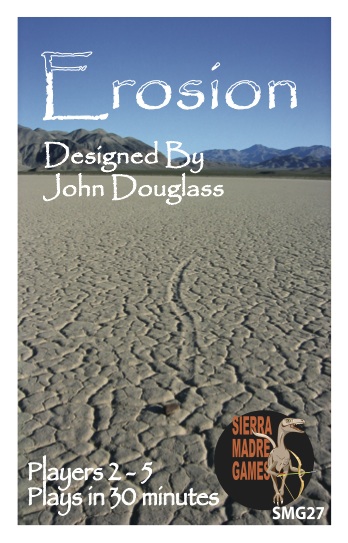
Updated July 9, 2016
A card game designed by Dr. John Douglass that nicely covers orogeny and erosion. Copies are a bit hard to find, but worth tracking down.
Dr. Douglass has uses this as a lab in his geology courses. There’s the link:
http://www2.pvc.maricopa.edu/~douglass/erosion_the_game/erosion.html
You can find files and discussion of the game in the Yahoo Group here:
https://groups.yahoo.com/neo/groups/ErosionGame/info
The files include the rules and card designs. There's enough to make a print-and-play version of the game.
Dr. Douglass has uses this as a lab in his geology courses. There’s the link:
http://www2.pvc.maricopa.edu/~douglass/erosion_the_game/erosion.html
You can find files and discussion of the game in the Yahoo Group here:
https://groups.yahoo.com/neo/groups/ErosionGame/info
The files include the rules and card designs. There's enough to make a print-and-play version of the game.
The Rock Cycle Game
A simple card game designed to reinforce the sequence of the rock cycle. Cards represent either materials (such as sedimentary rock) or processes (such as melting). Material cards have illustrations and descriptions of common rocks, such as chert or granite.
Players must follow the sequence of the rock cycle as they race to be the first to empty their hand.
This print-and-play game is formatted to be printed on prepunched business card stock, making it fast to print a class set of games.
Players must follow the sequence of the rock cycle as they race to be the first to empty their hand.
This print-and-play game is formatted to be printed on prepunched business card stock, making it fast to print a class set of games.
Physics
A Slower Speed of Light
A cool game from MIT's GameLab.
A Slower Speed of Light is a first-person game prototype in which players navigate a 3D space while picking up orbs that reduce the speed of light in increments. Custom-built, open-source relativistic graphics code allows the speed of light in the game to approach the player’s own maximum walking speed. Visual effects of special relativity gradually become apparent to the player, increasing the challenge of gameplay. These effects, rendered in realtime to vertex accuracy, include the Doppler effect (red- and blue-shifting of visible light, and the shifting of infrared and ultraviolet light into the visible spectrum); the searchlight effect (increased brightness in the direction of travel); time dilation (differences in the perceived passage of time from the player and the outside world); Lorentz transformation (warping of space at near-light speeds); and the runtime effect (the ability to see objects as they were in the past, due to the travel time of light).
A Slower Speed of Light is a first-person game prototype in which players navigate a 3D space while picking up orbs that reduce the speed of light in increments. Custom-built, open-source relativistic graphics code allows the speed of light in the game to approach the player’s own maximum walking speed. Visual effects of special relativity gradually become apparent to the player, increasing the challenge of gameplay. These effects, rendered in realtime to vertex accuracy, include the Doppler effect (red- and blue-shifting of visible light, and the shifting of infrared and ultraviolet light into the visible spectrum); the searchlight effect (increased brightness in the direction of travel); time dilation (differences in the perceived passage of time from the player and the outside world); Lorentz transformation (warping of space at near-light speeds); and the runtime effect (the ability to see objects as they were in the past, due to the travel time of light).
Delight!
An educational board game for 2 or any even number of players (in 2 teams) based on the concepts of current electricity. Targeted at high school / junior college physics students, Delight is a fun way of practising the use of physics concepts such as:
This link takes you to the physics lens web site where you can download the 3-page PDF file.
Useful as a review activity, scoring requires students to understand the concepts. If you're handy it should be possible to make a modular board with actual circuits and light bulbs so students can see the bulbs light up (or not).
- electrical power P=V2R
- the potential divider rule
- wires bypassing a device short-circuits it
This link takes you to the physics lens web site where you can download the 3-page PDF file.
Useful as a review activity, scoring requires students to understand the concepts. If you're handy it should be possible to make a modular board with actual circuits and light bulbs so students can see the bulbs light up (or not).
Pentaquark
Some of the biggest questions in the world of science may be answered by studying quarks, the smallest of particles. The problem with trying to study quarks is that you can’t find just one quark; you need to find them in groups called hadrons, or some other exotic particles, like the Pentaquark.
In the game, you are trying to give science a little helping hand by collecting the 5 quarks that form this particle at the detector of a massive particle collider. Move cards you need to the detector, discard others so they may come back as anti-quarks, and try to minimize the number of quarks scattered and lost. If too many cards are removed from the game, the Pentaquark has slipped through undetected once again!
Pentaquark is a single player game designed by Mike Mullins with art by Fabrice Weiss. Gameplay lasts 15-30 minutes (you will immediately want to play again) and recommended for ages 12 and up.
This is a fun little game. Oddly, the main page on the Button Shy Games website doesn’t have a link to buy it, but you can buy print-and-play versions or pre-order a printed copy here:
https://buttonshygames.com/products/pentaquark-preorder
I’d recommend spending the extra $2 and getting all the expansions.
In the game, you are trying to give science a little helping hand by collecting the 5 quarks that form this particle at the detector of a massive particle collider. Move cards you need to the detector, discard others so they may come back as anti-quarks, and try to minimize the number of quarks scattered and lost. If too many cards are removed from the game, the Pentaquark has slipped through undetected once again!
Pentaquark is a single player game designed by Mike Mullins with art by Fabrice Weiss. Gameplay lasts 15-30 minutes (you will immediately want to play again) and recommended for ages 12 and up.
This is a fun little game. Oddly, the main page on the Button Shy Games website doesn’t have a link to buy it, but you can buy print-and-play versions or pre-order a printed copy here:
https://buttonshygames.com/products/pentaquark-preorder
I’d recommend spending the extra $2 and getting all the expansions.
Quark: a game of matter
Exert your influence and guide the swirling mass of the smallest bits of matter back together to form sub-atomic particles while racing to build the biggest atom.
Quark is a lighter weight card game. Players have two actions each turn they can use to collect quarks, decay quarks down into other quarks, annihilate quarks for energy or to create particles.
At the end of the game, players score points for particles created, the best atom created and any energy they have left over.
A fairly simple game. Print-and-play, and free so it costs nothing to try it. The components are a bit basic for a finished game, but quite good for a playtest version (which I think this is).
Quark is a lighter weight card game. Players have two actions each turn they can use to collect quarks, decay quarks down into other quarks, annihilate quarks for energy or to create particles.
At the end of the game, players score points for particles created, the best atom created and any energy they have left over.
A fairly simple game. Print-and-play, and free so it costs nothing to try it. The components are a bit basic for a finished game, but quite good for a playtest version (which I think this is).
Quark Card Dealer
Elementary particles, which make up everything in our world, have the amazing features that we cannot see in our daily life. One of the features is “color charges” which are compared to the three primary colors of red, green and blue. Playing the card game, you can understand the color charges intuitively and enjoy the world of elementary particle physics. The elementary particle “quark” is explained by the Quantum Chromodynamics which is abbreviated as QCD. The card game “Quark Card Dealer” is named after the abbreviation.
This print-and-play card activity, translated from the Japanese, is a bit odd — but some of your students might like it.
This print-and-play card activity, translated from the Japanese, is a bit odd — but some of your students might like it.
Quark Matter Card Game
Quarks and leptons, such as electrons, muons and neutrinos... Sounds a bit scary, doesn't it? With the help of this booklet, you can get into touch with the incomprehensible world of elementary particles. This is not just a usual booklet: it contains a set of 66 cards, and describes six games with them. The cards represent elementary particles from the Standard Model. You can play family style memory games with particles and their anti-particles, have fun with Quark Matter, the perfect fluid of quarks. You can even find your own Higgs boson and win one of the games on the spot. It is fun to have elementary particles in your hands, or, in your pocket! The games scale very well, recommended from 5 years old to adults.
This is a bit of an odd product. It’s as much a pamphlet on quarks as it is a game (or games). Still, at less than $5 for the PDF it can be useful for curious students.
This is a bit of an odd product. It’s as much a pamphlet on quarks as it is a game (or games). Still, at less than $5 for the PDF it can be useful for curious students.
Quark Soup
A set-collecting game for 2-5 players. Have fun learning the physics of quarks!
Collect one meson and one baryon to win the game. Build a barrier of quarks to protect yourself, but beware annihilation attacks, photon excitation and quantum entanglement in the world where even reality is uncertain!
No knowledge of particle physics is required!
Another card game about quarks. Maybe it’s an artifact of google, but there seem to be more games about quarks than any other part of physics.
Oh, and if you find this site blocked because of a “phishing alert” just try at home. For some reason the TDSB network thinks this site is asking for your login, but it doesn’t.
Collect one meson and one baryon to win the game. Build a barrier of quarks to protect yourself, but beware annihilation attacks, photon excitation and quantum entanglement in the world where even reality is uncertain!
No knowledge of particle physics is required!
Another card game about quarks. Maybe it’s an artifact of google, but there seem to be more games about quarks than any other part of physics.
Oh, and if you find this site blocked because of a “phishing alert” just try at home. For some reason the TDSB network thinks this site is asking for your login, but it doesn’t.
Quarkle
Quarkle is a game of making particles out of quarks by adding up their charges.
In this game, the players get to put together quarks to make many different particles (both mesons and baryons).
For ages 4+ you can play the game with no knowledge of particle physics or adding fractions or being able to read.
For high schooler physics classes learning about particle physics and the emergent behaviours of the quark interactions, the game helps them understand the difference between baryons and mesons and gives them practice finding the charge of particles by adding their quark or anti-quark components.
Finally, the game can be played in an advanced mode involving quantum chromodynamics and the “colour charge.” In this way, it can be fun and competitive for all ages and levels of scientific knowledge.
Soon there will also be an expansion pack that adds electroweak interactions, Feynman diagrams, force-carrying particles, the Higgs Boson, etc… keep watching for further additions to enhance this “nerd-tastic” game.
This is a fun little game. The designer is selling it at cost so it’s affordable (but like all print-on-demand products, it still costs more than a mass-produced deck would cost).
In this game, the players get to put together quarks to make many different particles (both mesons and baryons).
For ages 4+ you can play the game with no knowledge of particle physics or adding fractions or being able to read.
For high schooler physics classes learning about particle physics and the emergent behaviours of the quark interactions, the game helps them understand the difference between baryons and mesons and gives them practice finding the charge of particles by adding their quark or anti-quark components.
Finally, the game can be played in an advanced mode involving quantum chromodynamics and the “colour charge.” In this way, it can be fun and competitive for all ages and levels of scientific knowledge.
Soon there will also be an expansion pack that adds electroweak interactions, Feynman diagrams, force-carrying particles, the Higgs Boson, etc… keep watching for further additions to enhance this “nerd-tastic” game.
This is a fun little game. The designer is selling it at cost so it’s affordable (but like all print-on-demand products, it still costs more than a mass-produced deck would cost).
Subatomic: An Atom-Building Board Game
Subatomic is a deck-building game themed around the intersection of particle physics and chemistry. Players start with a hand of Up Quarks, Down Quarks and Particle/Wave Duality cards, which they use to form protons, neutrons, and electrons. Players combine these subatomic particles to either build available Elements or buy even more powerful cards for their deck.
Players start with a hand of 5 cards. They use their Up Quarks and Down Quarks to create Protons and Neutrons, and use their Particle/Wave Duality Cards to create Electrons.
They can either use these Subatomic Particles to either purchase Subatomic Particle cards that get mixed into a player's starter deck, making it more powerful, or build up the atom on their player mat (in order to claim Element Cards, which are what score them points).
When a player claims an Element, they also place two Goal Markers on the board, competing over control for additional end game points. At the end of the game, you'll get points for End Goals based on the Elements you built during the game IF you have the most or second most Goal Markers on any given End Goal.
Player can also remove weaker cards from their deck (cull their deck) by Annihilating cards from their hand for a cost of 2 energy.
I backed this game on Kickstarter, after playtesting it a couple of times. While too complicated to fit into the regular science classroom, it would make a useful addition to a school gaming club's library.
Players start with a hand of 5 cards. They use their Up Quarks and Down Quarks to create Protons and Neutrons, and use their Particle/Wave Duality Cards to create Electrons.
They can either use these Subatomic Particles to either purchase Subatomic Particle cards that get mixed into a player's starter deck, making it more powerful, or build up the atom on their player mat (in order to claim Element Cards, which are what score them points).
When a player claims an Element, they also place two Goal Markers on the board, competing over control for additional end game points. At the end of the game, you'll get points for End Goals based on the Elements you built during the game IF you have the most or second most Goal Markers on any given End Goal.
Player can also remove weaker cards from their deck (cull their deck) by Annihilating cards from their hand for a cost of 2 energy.
I backed this game on Kickstarter, after playtesting it a couple of times. While too complicated to fit into the regular science classroom, it would make a useful addition to a school gaming club's library.
Space Science
Apollo
Now you can experience the challenge and excitement of flying an Apollo Lunar Mission with APOLLO: The Game of Our First Voyages to the Moon. A collaborative STEM board game for 1-4 players ages 13 and up, APOLLO puts players in the Spacecraft and Mission Control, responsible for critical decisions and maneuvers throughout the spaceflight to the Moon.
The players become the Apollo Mission Commander, the Lunar Module Pilot (LMP), the Command Module Pilot (CMP) and Mission Control Houston. Each position has critical roles to play in the outcome of the mission - but if you don't have 4 people to play the game, don't worry - you can easily combine the roles or even play by yourself!
Based upon extensive research of public NASA documents, photographs, and mission reports.
After mastering the basic Lunar Landing Mission, players can fly all of the Historic Apollo Lunar Missions, with more challenging mission goals in order to obtain scientific samples and data.
Also included are the cancelled Apollo 18-19 missions and a dedicated Apollo 13 "Houston, we have a problem scenario".
Or pick your favorite Astronauts of the era and create your own Apollo Mission crew — The "what if" possibilities are endless!!!
I haven’t tried this in the classroom myself, as I haven’t taught grade 9 science since I bought it, but it’s a fun game. The play is simple and a four person game takes about half an hour. There is a classroom set available.
The biggest downside is the flight plan's extensive use of TLAs (Three Letter Acronyms). It fits the period, and as the designer is a retired Naval Flight Officer I doubt he notices them, but for classroom use I think a glossary will be required.
The players become the Apollo Mission Commander, the Lunar Module Pilot (LMP), the Command Module Pilot (CMP) and Mission Control Houston. Each position has critical roles to play in the outcome of the mission - but if you don't have 4 people to play the game, don't worry - you can easily combine the roles or even play by yourself!
Based upon extensive research of public NASA documents, photographs, and mission reports.
After mastering the basic Lunar Landing Mission, players can fly all of the Historic Apollo Lunar Missions, with more challenging mission goals in order to obtain scientific samples and data.
Also included are the cancelled Apollo 18-19 missions and a dedicated Apollo 13 "Houston, we have a problem scenario".
Or pick your favorite Astronauts of the era and create your own Apollo Mission crew — The "what if" possibilities are endless!!!
I haven’t tried this in the classroom myself, as I haven’t taught grade 9 science since I bought it, but it’s a fun game. The play is simple and a four person game takes about half an hour. There is a classroom set available.
The biggest downside is the flight plan's extensive use of TLAs (Three Letter Acronyms). It fits the period, and as the designer is a retired Naval Flight Officer I doubt he notices them, but for classroom use I think a glossary will be required.
Consellations
Humans have gazed into the night sky since the dawn of time. Dreaming, wondering, and developing stories around patterns of stars. These star patterns are now associated with some of the most intriguing and well-known creatures from mythology and nature.
With the introduction of telescopes, we have learned so much more about stars. They have different sizes, colors, locations, and characteristics. This knowledge has made looking at constellations all the more fun. We developed the Constellations game to bring our amazing sky, with its rich history, mythology, and science to your game-playing experience!
In this game, players are stargazers, exploring the night sky and collecting stars to define constellations. They compete to find the right stars to fit the needed pattern -- are B-type stars or F-types required to complete the constellation? Players compete with each other to strategically collect the right stars, reserve patches of the sky for observation, and explore the universe. Once you have your constellation, add it to the map of the night sky being assembled right in front of you. The closer you get to putting together the actual map of the heavens, the more points you score!
The game involves drawing Star Cards, which represent the seven types of stars classified by astronomers. Each constellation requires a unique combination of star types to place in the sky. As the game progresses and more constellations fill up the night, players must use their puzzle skills to fit the hexes on the board to score the most points. The player with the most constellation points at the end of the game wins!
The game also includes an educational workbook about stellar evolution, star classification information, and the history and mythology of the real constellations.
This game is currently a Kickstarter campaign. I’ve backed it because I liked Xtronaut so much. I’ll update the description when it arrives.
With the introduction of telescopes, we have learned so much more about stars. They have different sizes, colors, locations, and characteristics. This knowledge has made looking at constellations all the more fun. We developed the Constellations game to bring our amazing sky, with its rich history, mythology, and science to your game-playing experience!
In this game, players are stargazers, exploring the night sky and collecting stars to define constellations. They compete to find the right stars to fit the needed pattern -- are B-type stars or F-types required to complete the constellation? Players compete with each other to strategically collect the right stars, reserve patches of the sky for observation, and explore the universe. Once you have your constellation, add it to the map of the night sky being assembled right in front of you. The closer you get to putting together the actual map of the heavens, the more points you score!
The game involves drawing Star Cards, which represent the seven types of stars classified by astronomers. Each constellation requires a unique combination of star types to place in the sky. As the game progresses and more constellations fill up the night, players must use their puzzle skills to fit the hexes on the board to score the most points. The player with the most constellation points at the end of the game wins!
The game also includes an educational workbook about stellar evolution, star classification information, and the history and mythology of the real constellations.
This game is currently a Kickstarter campaign. I’ve backed it because I liked Xtronaut so much. I’ll update the description when it arrives.
Downlink
It is the modern era of space exploration, six space agencies from the United States, the European Union, Japan, China, India, and Russia lead the world in launching spacecraft on journeys of planetary discovery. Believing that cooperation is key to success, multiple players must band together to build the rockets, spacecraft, and science instruments needed to reach the far-flung targets of exploration. Relationships are tested as each player strives to outperform each other and score the most discoveries to win the game.
In Downlink, players lead a space agency to develop missions of planetary exploration. Resources are limited, and players must constantly decide where to allocate them best to score the most points. They can choose to specialize in launching rockets, delivering spacecraft to targets, downlinking science data, or spread their resources across multiple areas to increase the likelihood of success. Key events require dice rolling, and team training is available to stack the odds in player's favor.
Do you have what it takes to lead the world in planetary exploration? Find out in Downlink: The Game of Planetary Discovery.
Once your data are on the ground — you combine them to make scientific discoveries. Want to discover a subsurface ocean on Europa? You must combine atmospheric science, astrobiology, cosmochemistry, and geophysics data. With over sixty downlink data cards and thirty discoveries — the possibilities are endless.
I could see playing this one as an extended game in teams over the course of the space unit. It is both competitive and cooperative, in that you can’t win without cooperating with other teams, and yet you are competing for the top position.
In Downlink, players lead a space agency to develop missions of planetary exploration. Resources are limited, and players must constantly decide where to allocate them best to score the most points. They can choose to specialize in launching rockets, delivering spacecraft to targets, downlinking science data, or spread their resources across multiple areas to increase the likelihood of success. Key events require dice rolling, and team training is available to stack the odds in player's favor.
Do you have what it takes to lead the world in planetary exploration? Find out in Downlink: The Game of Planetary Discovery.
Once your data are on the ground — you combine them to make scientific discoveries. Want to discover a subsurface ocean on Europa? You must combine atmospheric science, astrobiology, cosmochemistry, and geophysics data. With over sixty downlink data cards and thirty discoveries — the possibilities are endless.
I could see playing this one as an extended game in teams over the course of the space unit. It is both competitive and cooperative, in that you can’t win without cooperating with other teams, and yet you are competing for the top position.
Space Race
The world struggles in the Cold War, and many see the sky as the next battlefield. The era of the space race has just begun. Do you have what it takes to lead a budding space agency into a new age of human achievement?
Each game is completely different and there’s no definite winning strategy. You can play it over and over again, and with a playing time of about 40 minutes, you’ll get to have plenty of shots at conquering the universe.
Space Race: The Card Game is an indie card game in which 1-4 players become directors of space agencies trying to conquer the universe. The game is fast, yet complex and strategic, based on synergies and combo construction.
This limited-print game is available for free as a print-and-play card game, which I’d definitely recommend for classroom use as the very-high-quality print game costs €50 (with the Intercosmos expansion, which is currently on Kickstarter).
This may be too complicated for some students, but those used to Euro-style games (like Settlers of Catan) will be able to understand the rules — especially if they can borrow a copy of the rulebook. Once the rules are understood a game takes less than an hour, making this usable in the classroom.
Each game is completely different and there’s no definite winning strategy. You can play it over and over again, and with a playing time of about 40 minutes, you’ll get to have plenty of shots at conquering the universe.
Space Race: The Card Game is an indie card game in which 1-4 players become directors of space agencies trying to conquer the universe. The game is fast, yet complex and strategic, based on synergies and combo construction.
This limited-print game is available for free as a print-and-play card game, which I’d definitely recommend for classroom use as the very-high-quality print game costs €50 (with the Intercosmos expansion, which is currently on Kickstarter).
This may be too complicated for some students, but those used to Euro-style games (like Settlers of Catan) will be able to understand the rules — especially if they can borrow a copy of the rulebook. Once the rules are understood a game takes less than an hour, making this usable in the classroom.
Xtronaut
Do you have what it takes to put together a space mission and race through the solar system? Identify your mission target and put together the right combination of rocket parts and spacecraft to achieve mission success.
Each player selects a Mission Card from the deck. This card determines the player’s mission – the mission destination, type of spacecraft needed, the amount of Delta-V needed to achieve the mission, the potential to obtain gravity assists, and the points earned for completing the mission. Each player needs to collect the Playing Cards that give them the right spacecraft, first and second stage rockets, and matching fairings. Gravity assist and solid rocket booster cards are available to provide additional Delta-V if needed to complete the assigned mission. Once the mission is complete, the player earns the points for the mission, which varies based on the size of the spacecraft and the target, and starts work on their next mission. The Action Cards add real-life issues to the game that space missions often encounter – project cancellations, audits, government shutdowns, and other exciting twists and turns.
XTRONAUT®: The Game of Solar System Exploration is a board game that is easy to learn, and gives 2 – 4 players ages 7 and up the chance to develop space missions, build authentic rocket systems, and explore the solar system. Designed by Professor leading major NASA OSIRIS-REx space mission, the game is fun and engaging, but also exposes players to space science concepts related to planning and undertaking a real space mission — complete with full color education workbook that explains game scientific concepts.
I haven’t tried this in the classroom myself, as I haven’t taught grade 9 science since I bought it, but it’s a fun game. The play is simple and a four person game takes about half an hour.
You could also use it solo as a tool for designing missions: students could sort through the cards and select the parts they need, looking at the tradeoffs between different options.
Each player selects a Mission Card from the deck. This card determines the player’s mission – the mission destination, type of spacecraft needed, the amount of Delta-V needed to achieve the mission, the potential to obtain gravity assists, and the points earned for completing the mission. Each player needs to collect the Playing Cards that give them the right spacecraft, first and second stage rockets, and matching fairings. Gravity assist and solid rocket booster cards are available to provide additional Delta-V if needed to complete the assigned mission. Once the mission is complete, the player earns the points for the mission, which varies based on the size of the spacecraft and the target, and starts work on their next mission. The Action Cards add real-life issues to the game that space missions often encounter – project cancellations, audits, government shutdowns, and other exciting twists and turns.
XTRONAUT®: The Game of Solar System Exploration is a board game that is easy to learn, and gives 2 – 4 players ages 7 and up the chance to develop space missions, build authentic rocket systems, and explore the solar system. Designed by Professor leading major NASA OSIRIS-REx space mission, the game is fun and engaging, but also exposes players to space science concepts related to planning and undertaking a real space mission — complete with full color education workbook that explains game scientific concepts.
I haven’t tried this in the classroom myself, as I haven’t taught grade 9 science since I bought it, but it’s a fun game. The play is simple and a four person game takes about half an hour.
You could also use it solo as a tool for designing missions: students could sort through the cards and select the parts they need, looking at the tradeoffs between different options.
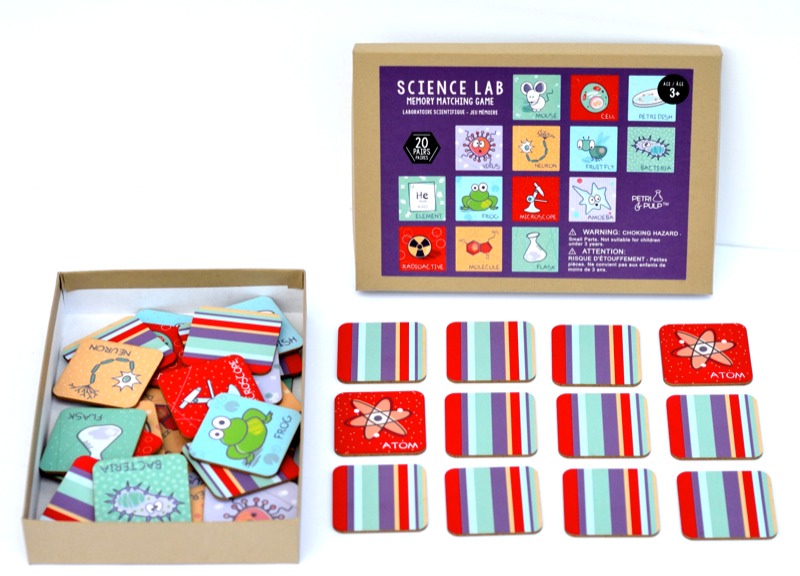

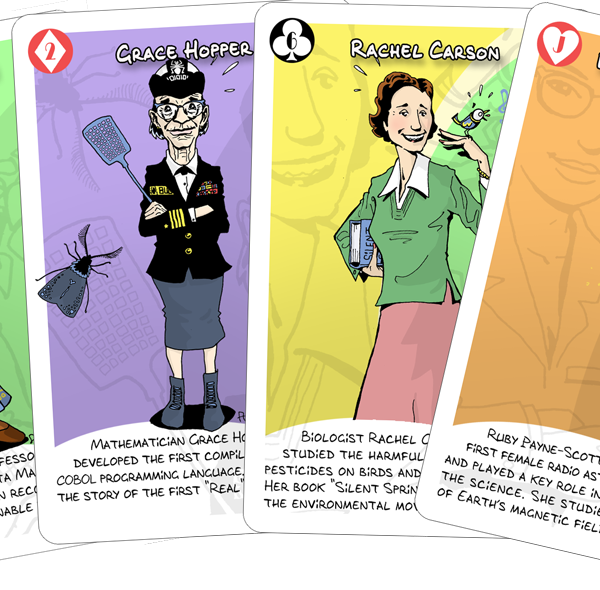
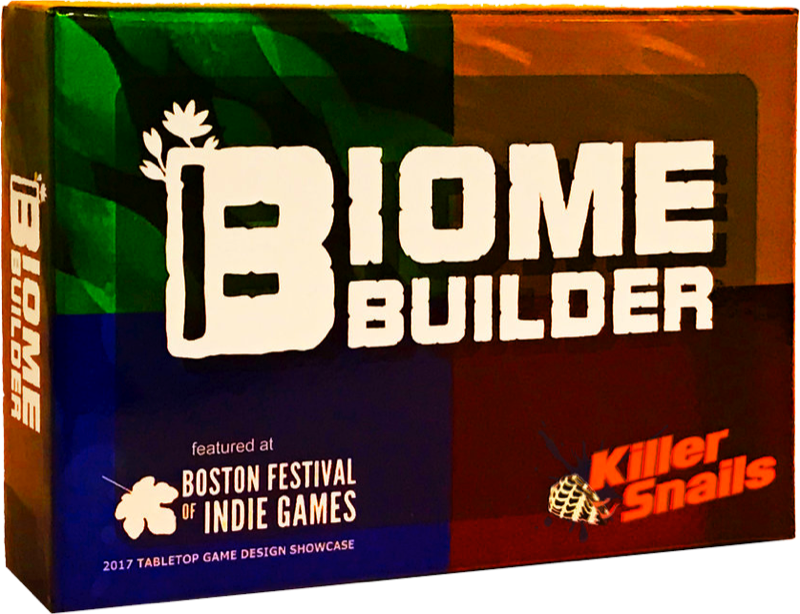
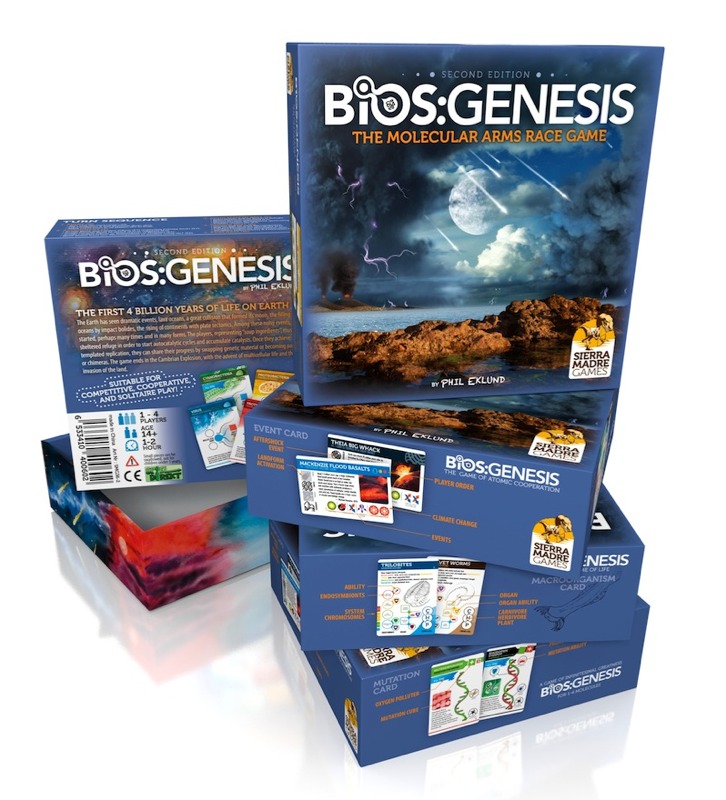
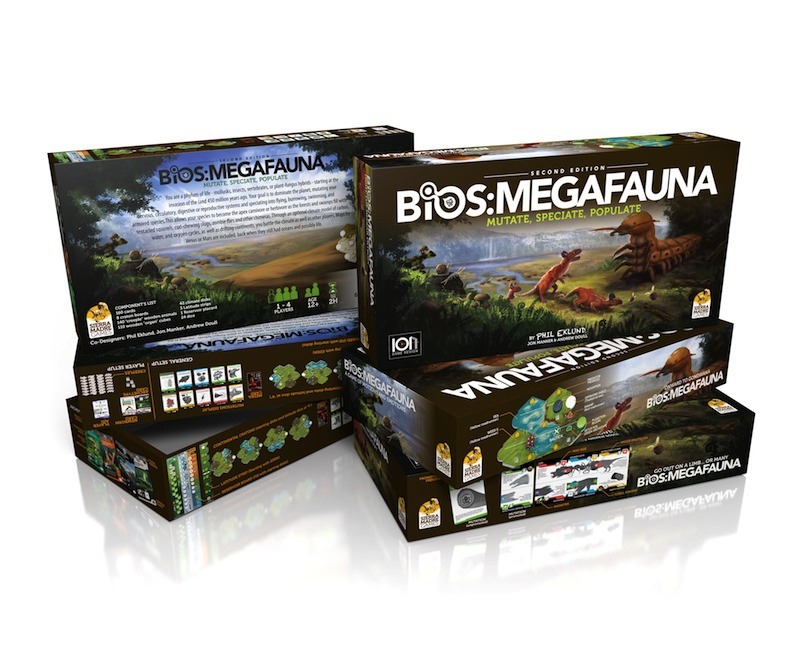
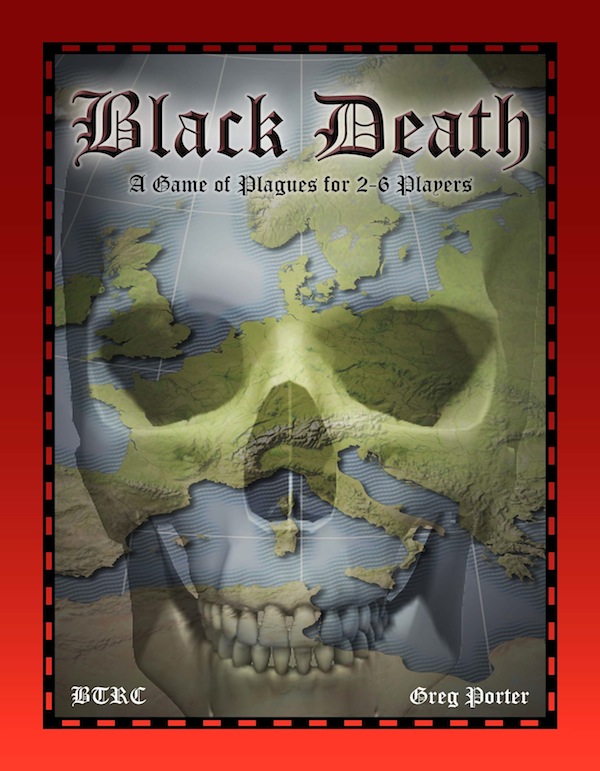
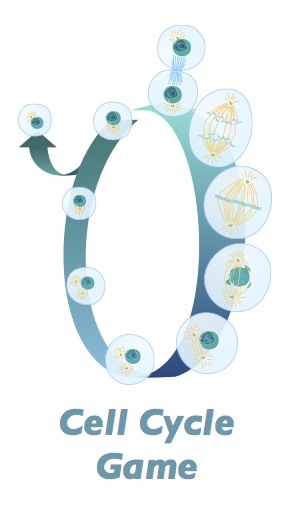
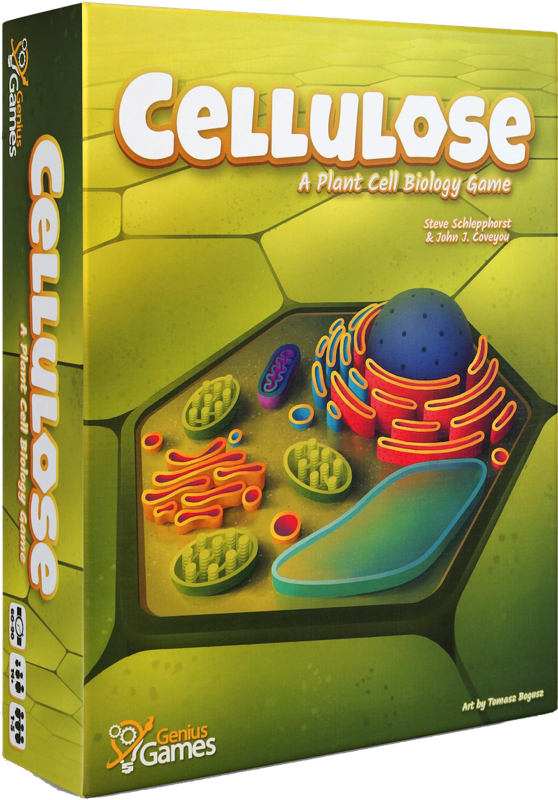


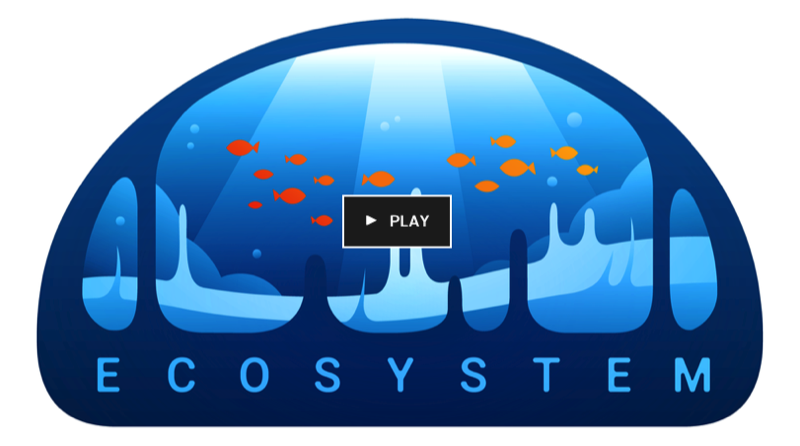
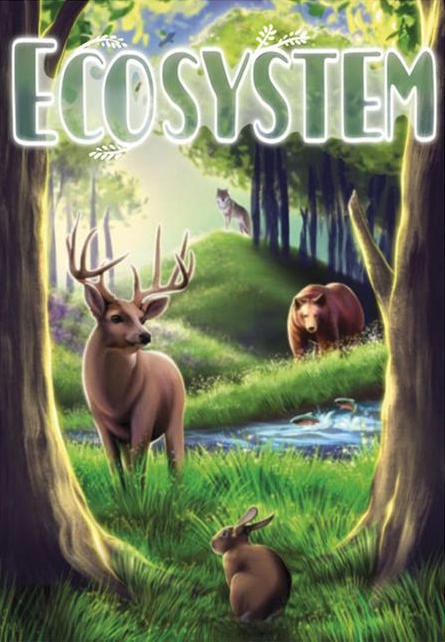
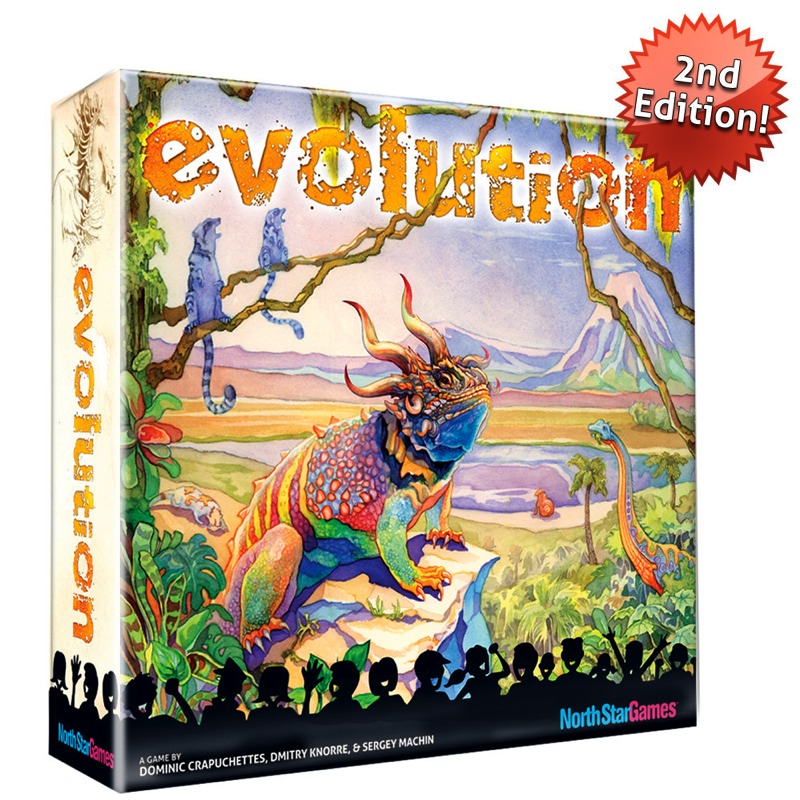
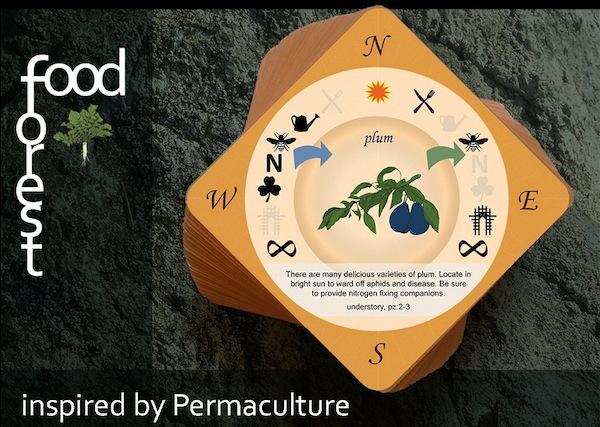
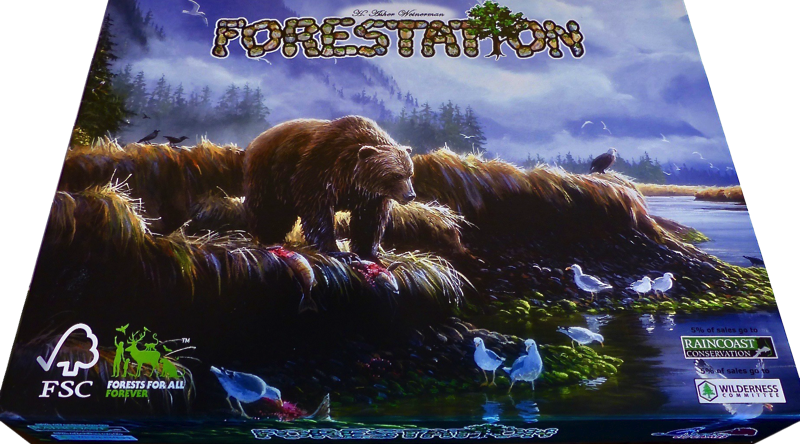

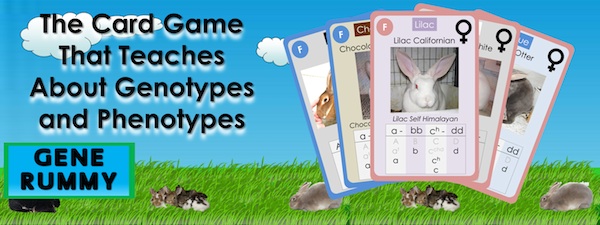

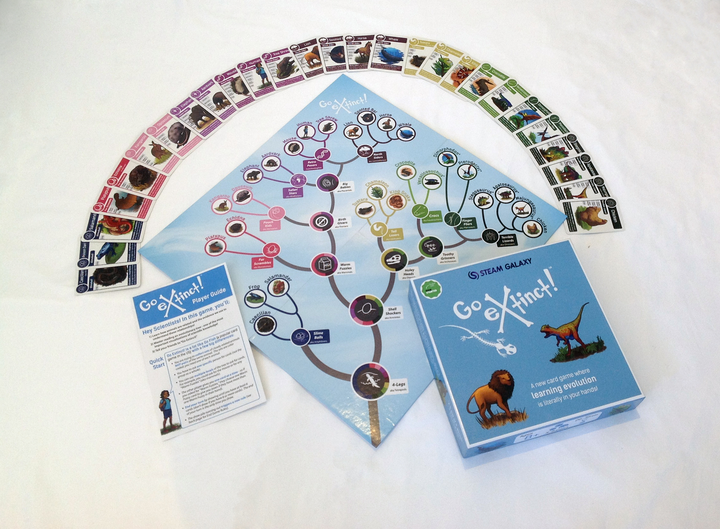
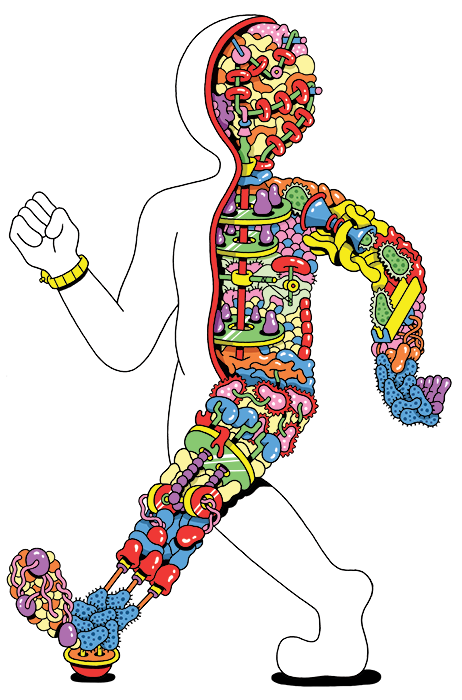
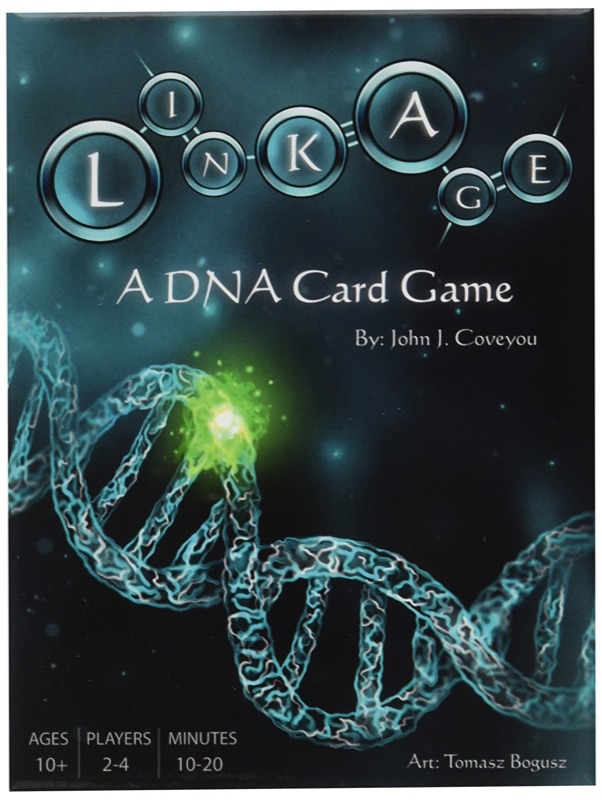
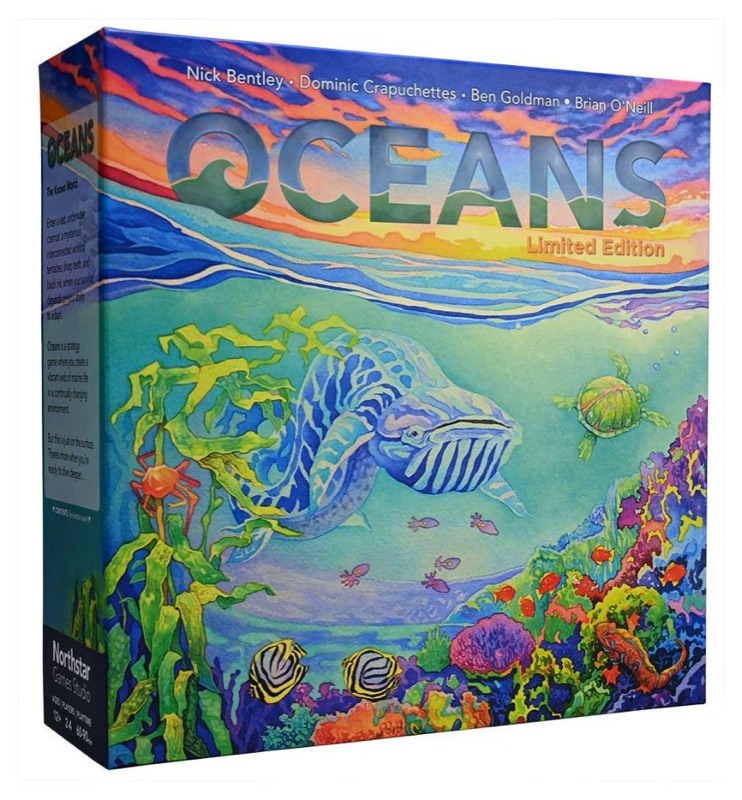
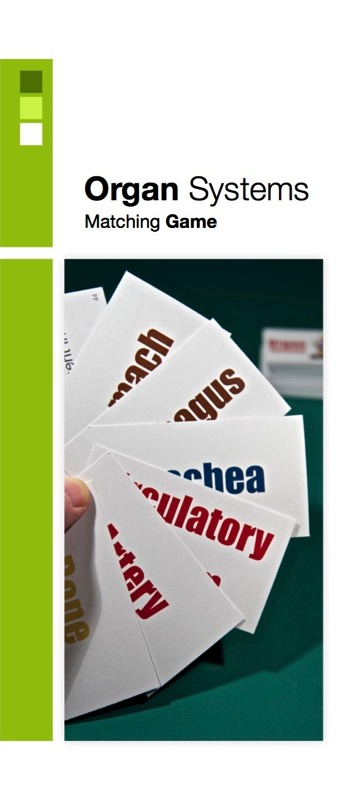
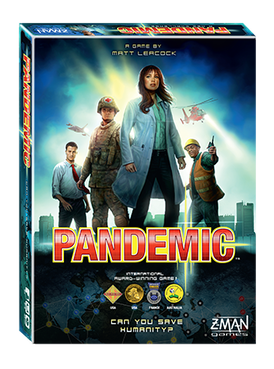
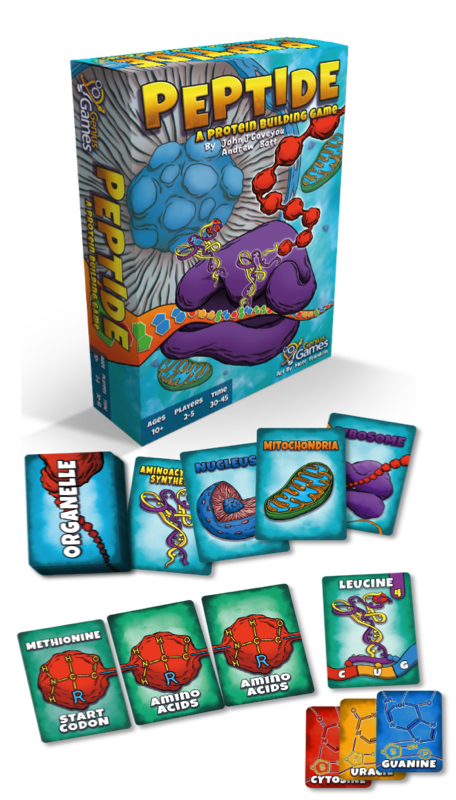
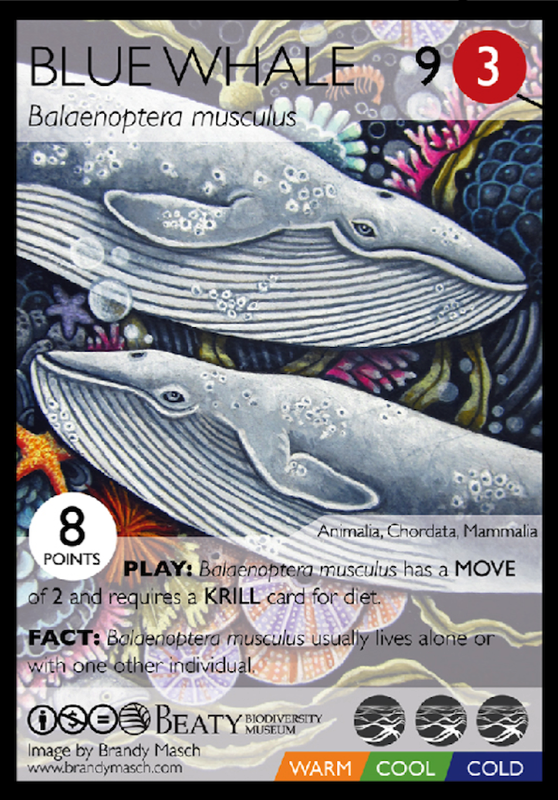

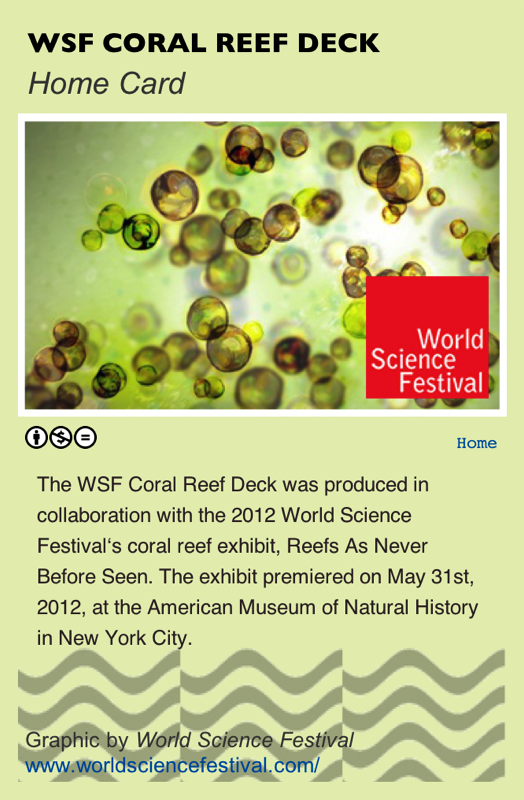

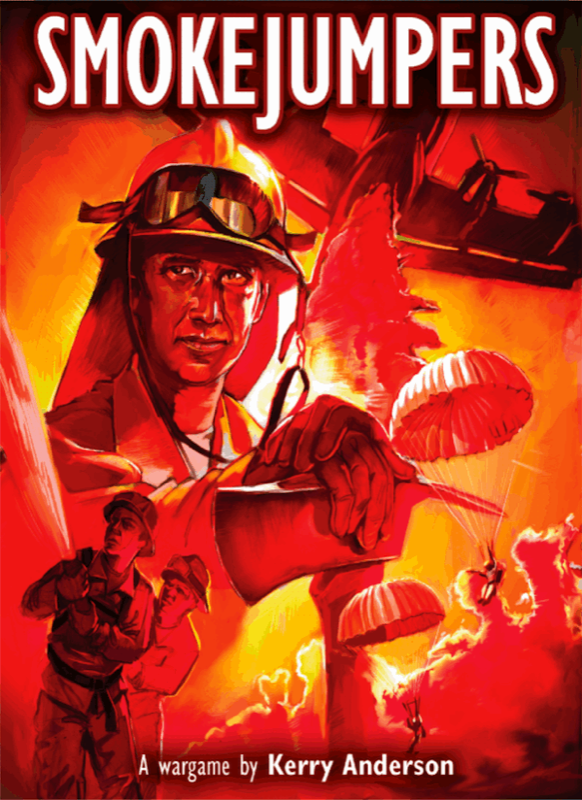
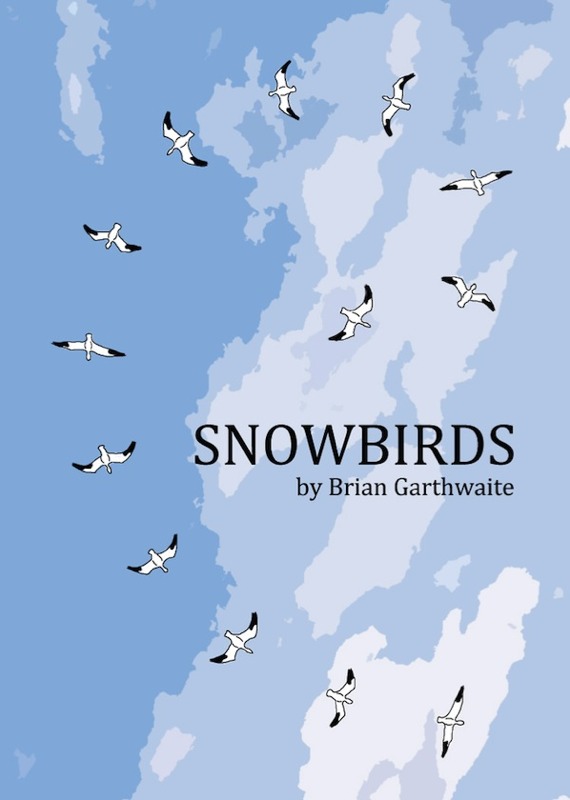
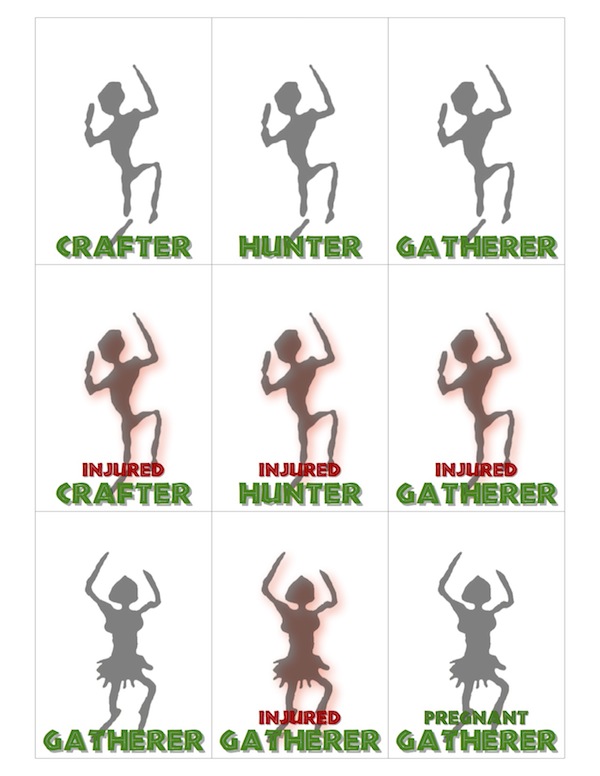
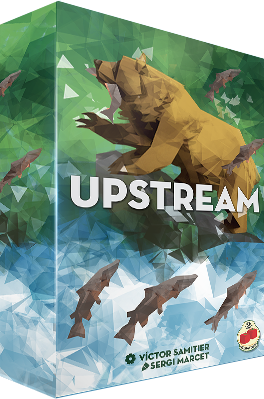
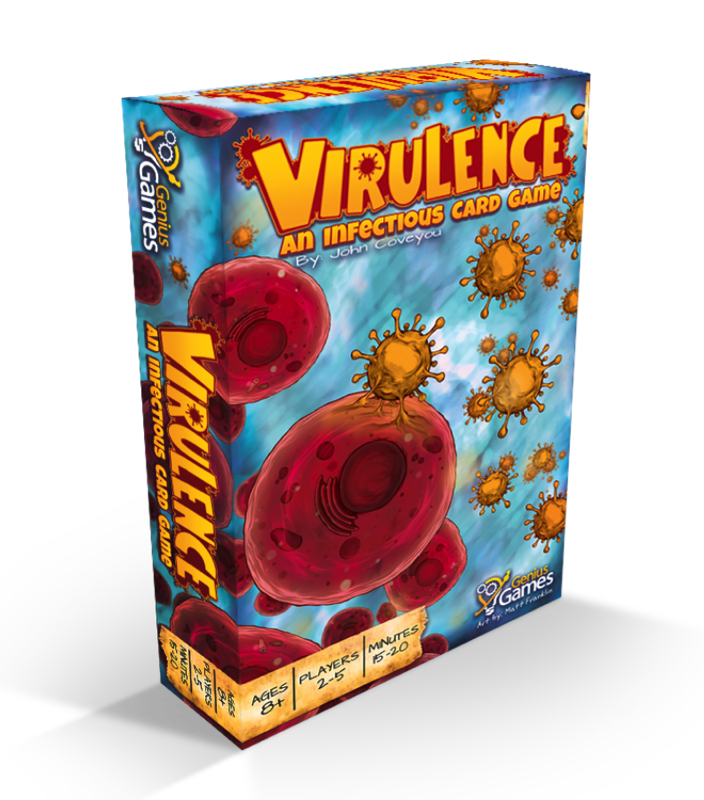
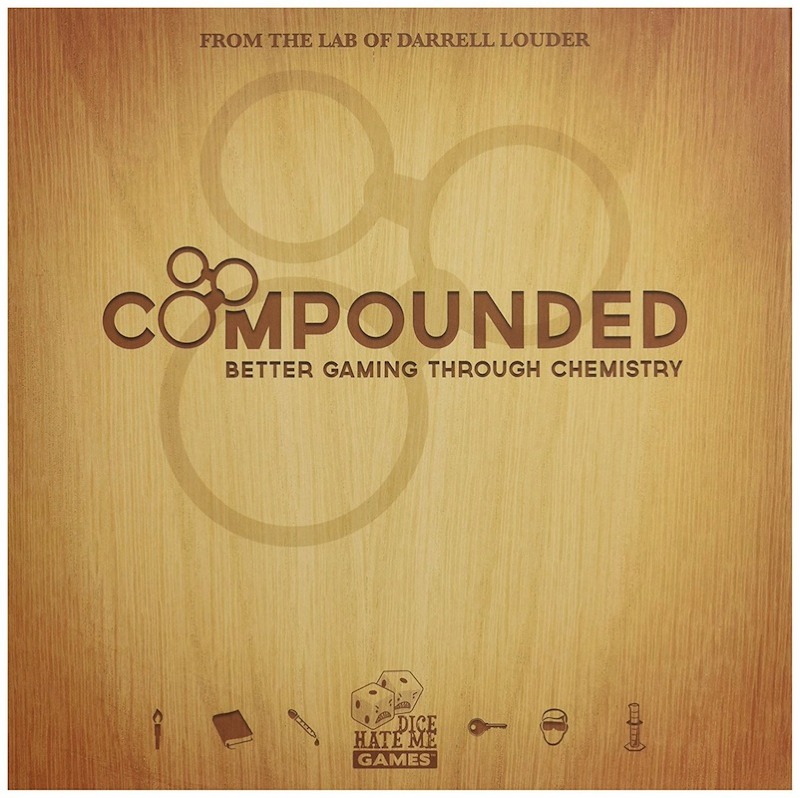
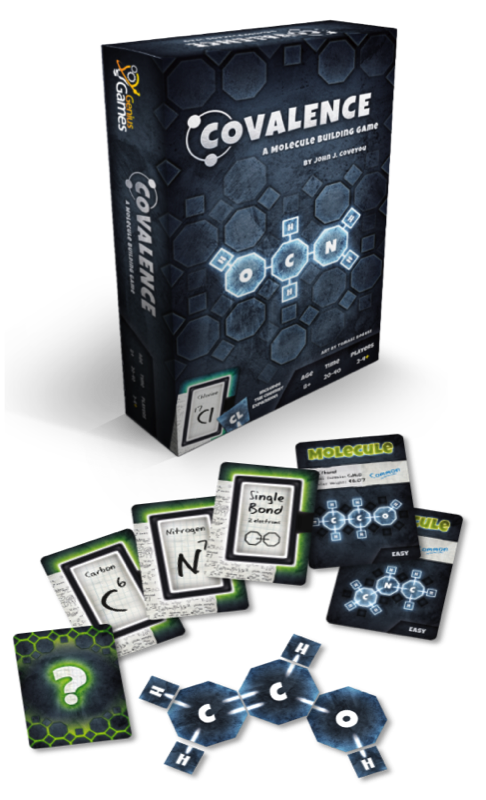

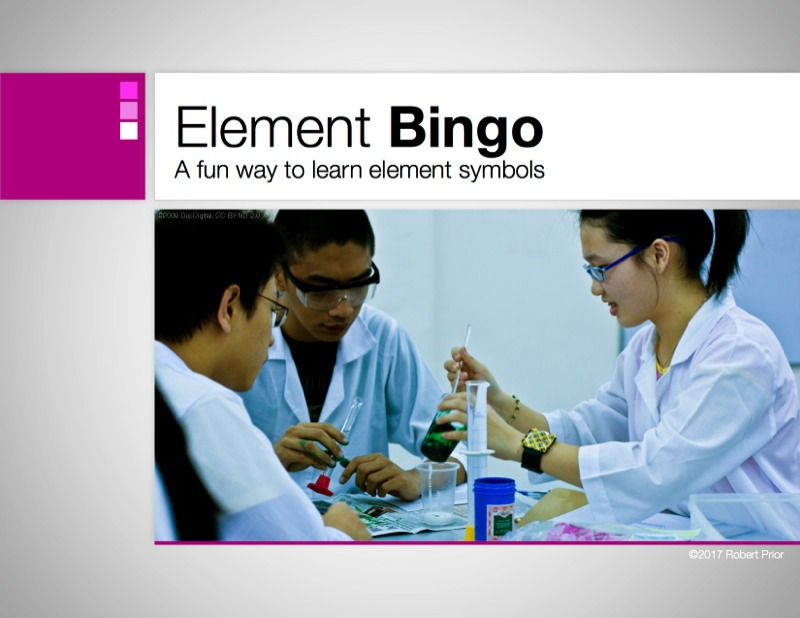
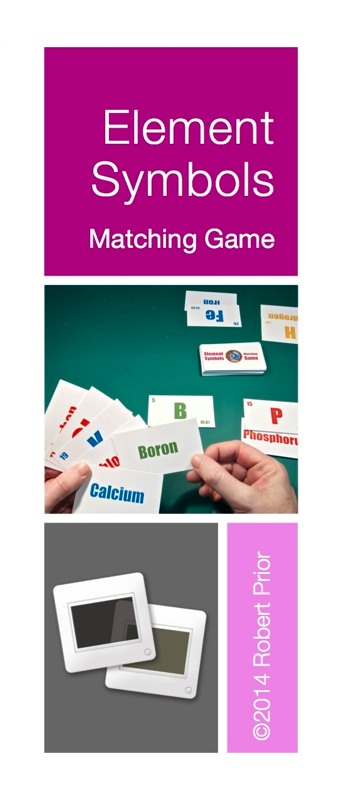
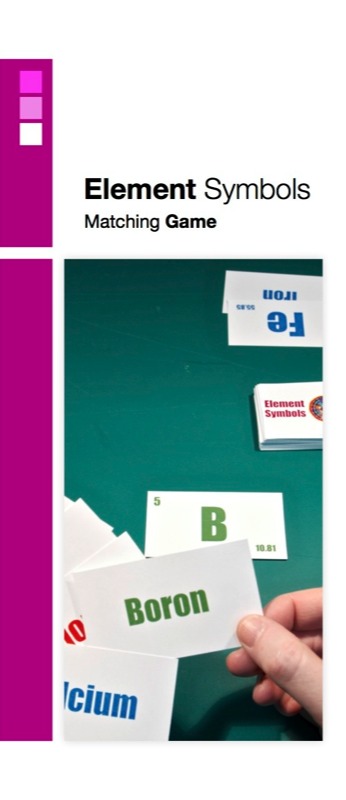
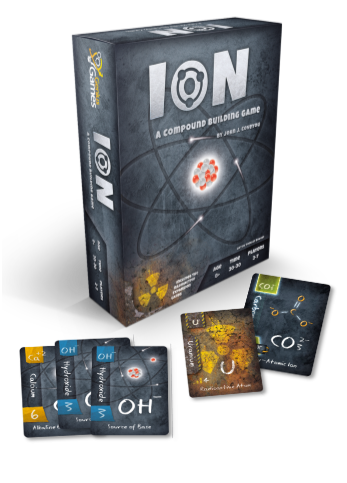
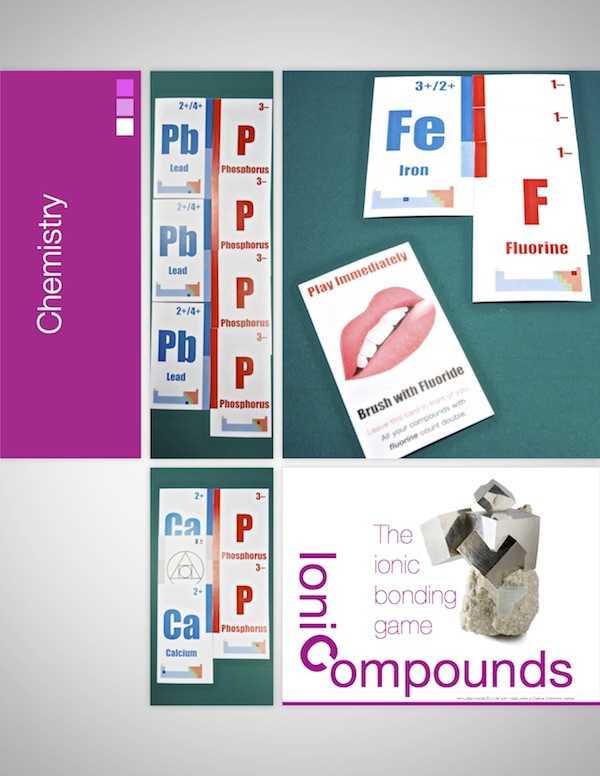
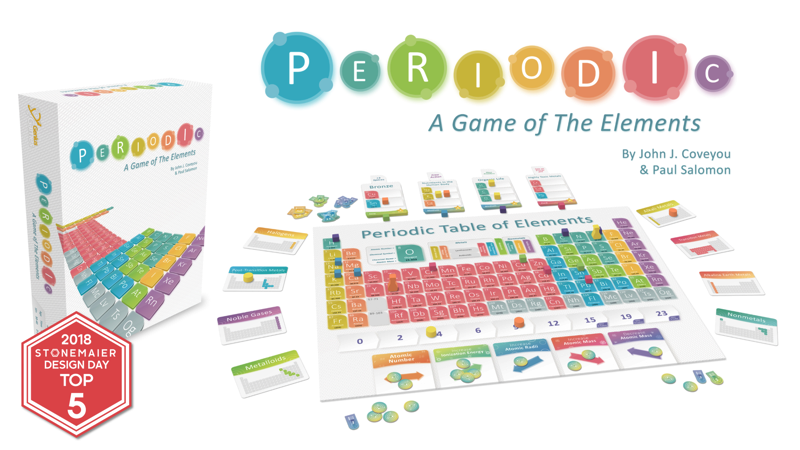
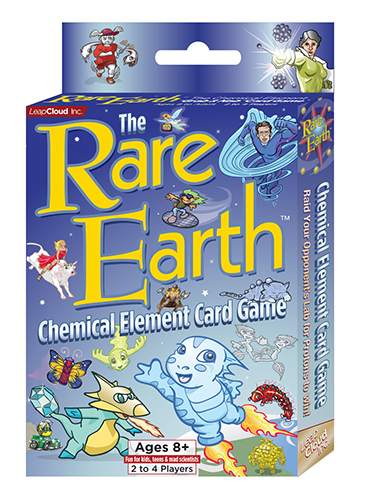
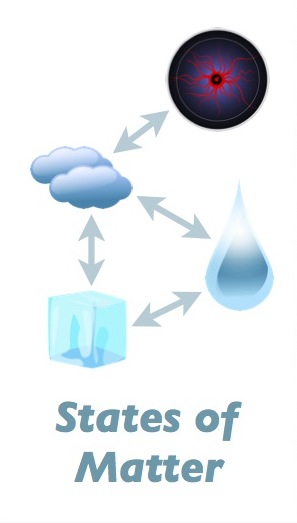
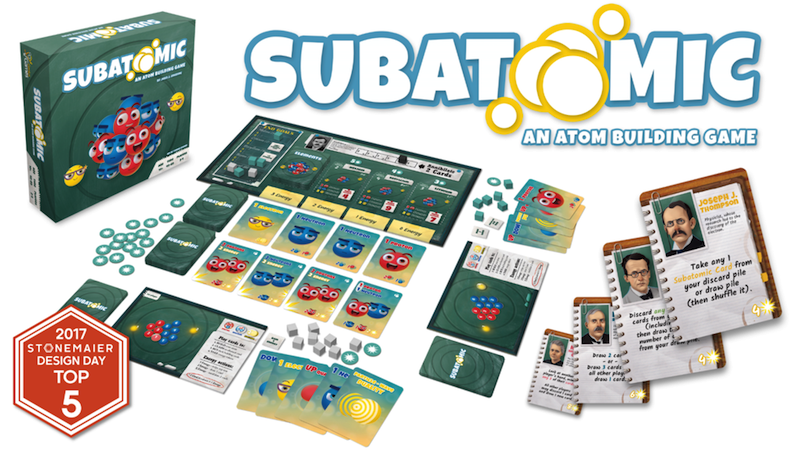


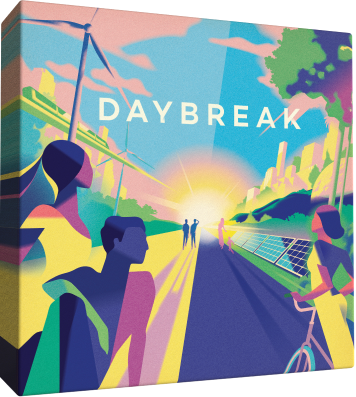
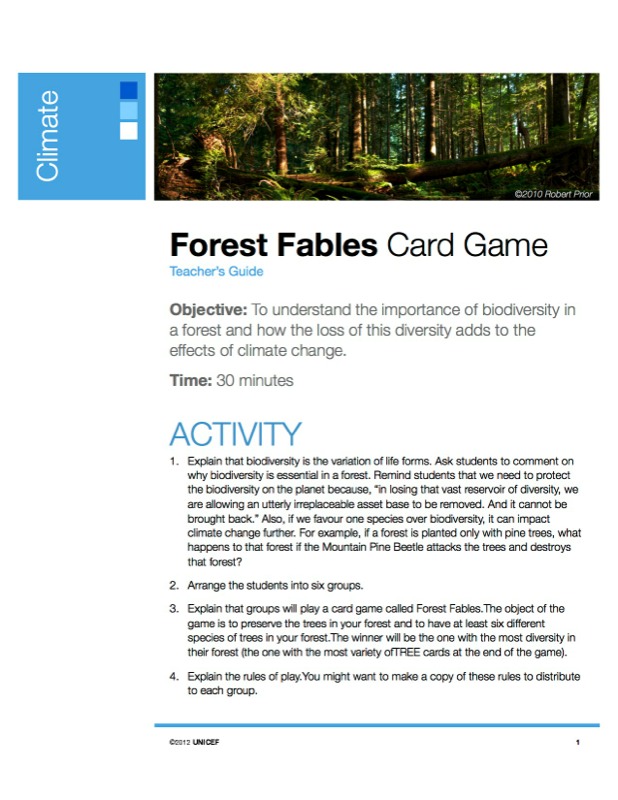
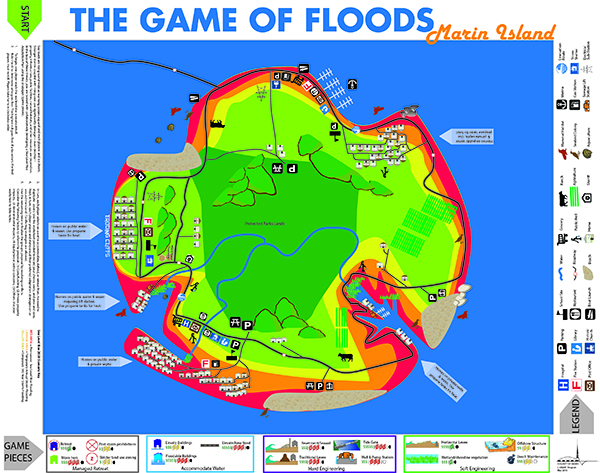
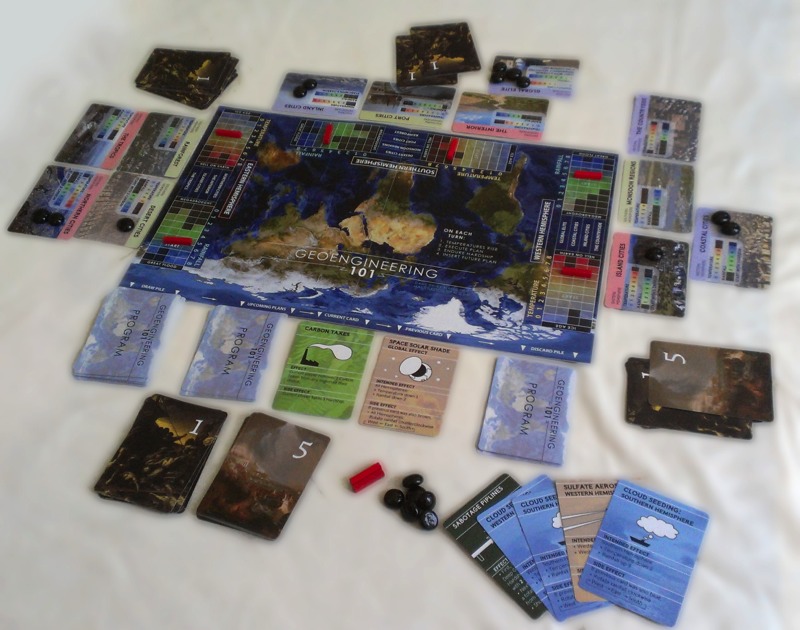
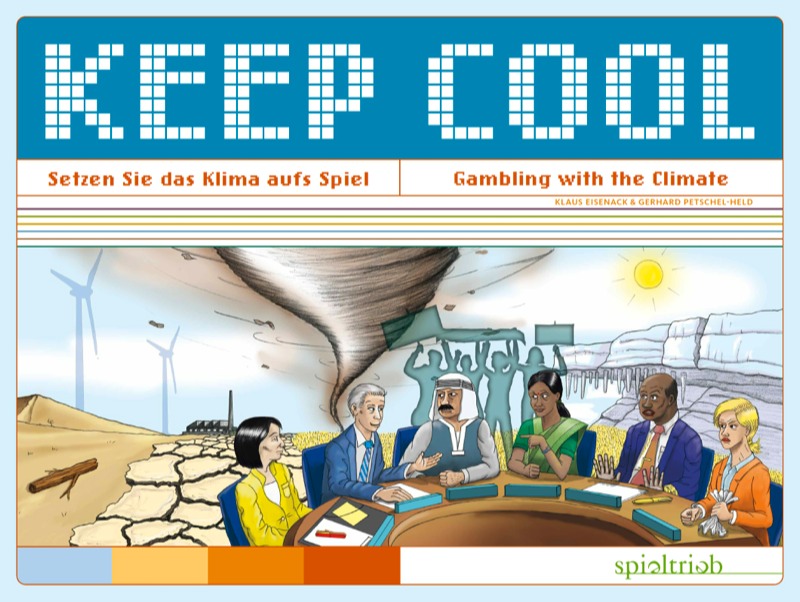
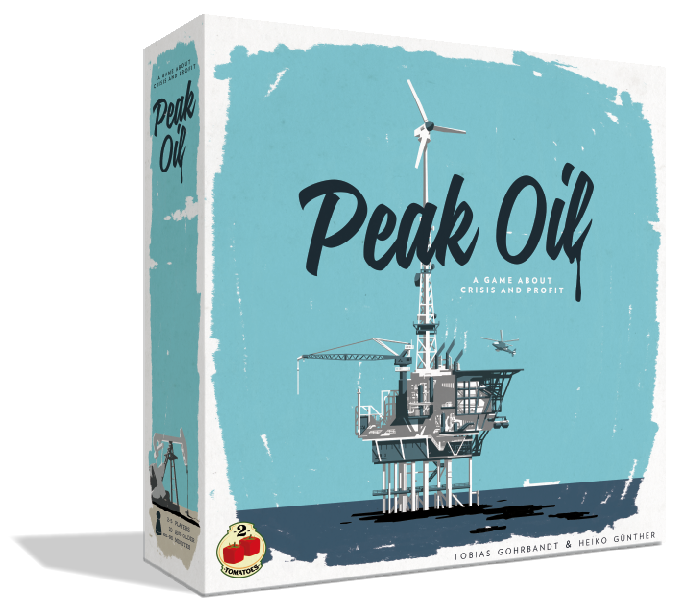
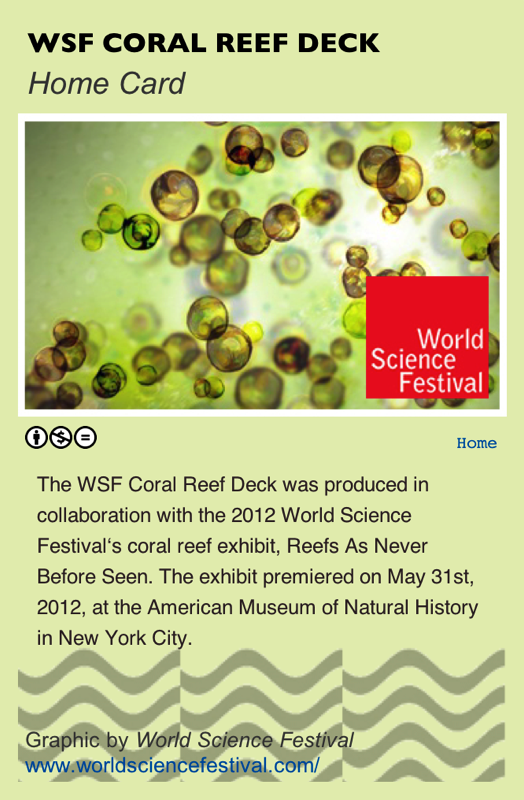
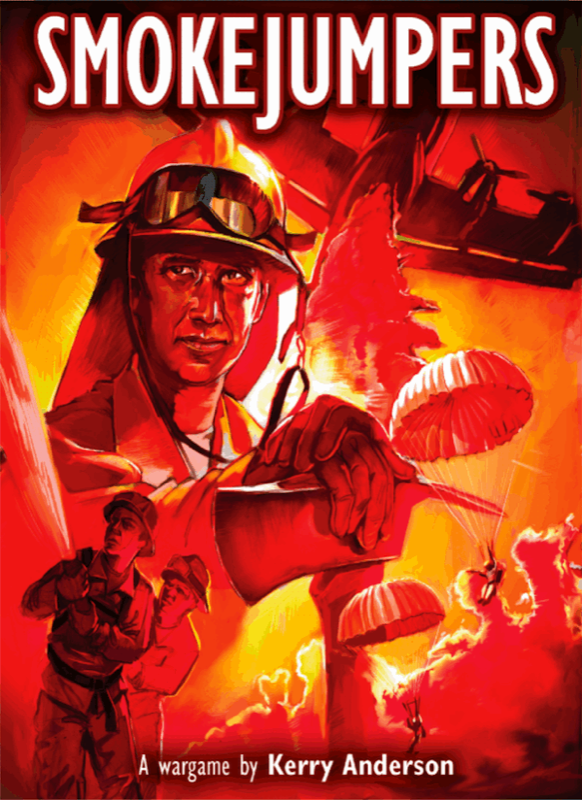
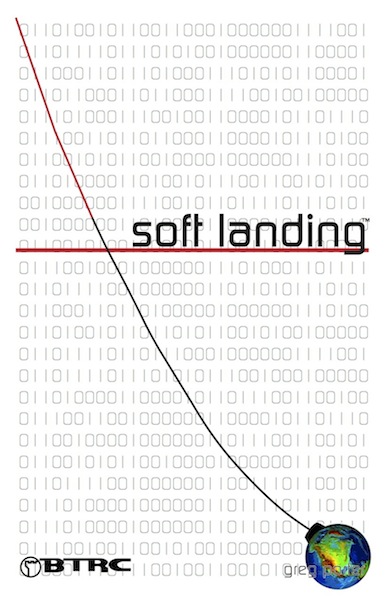
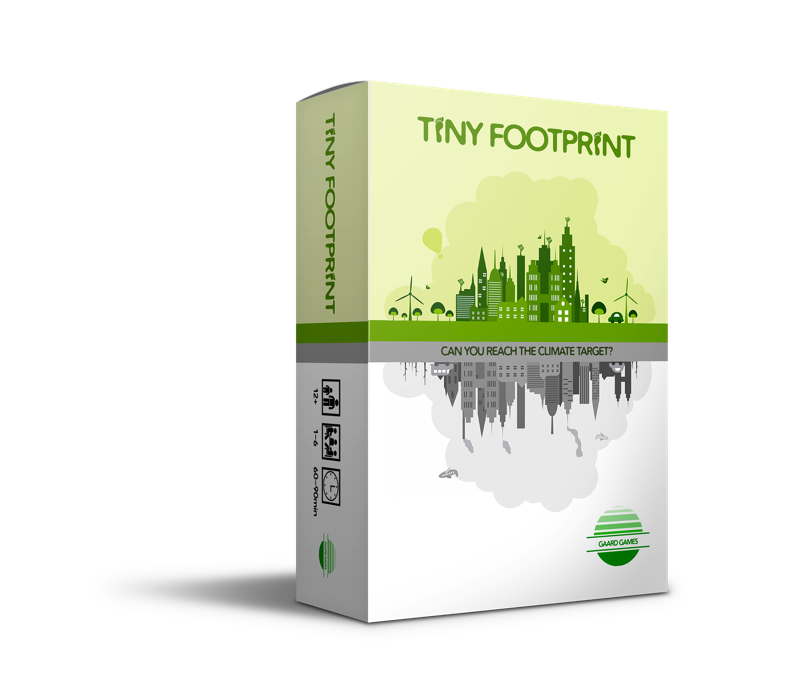
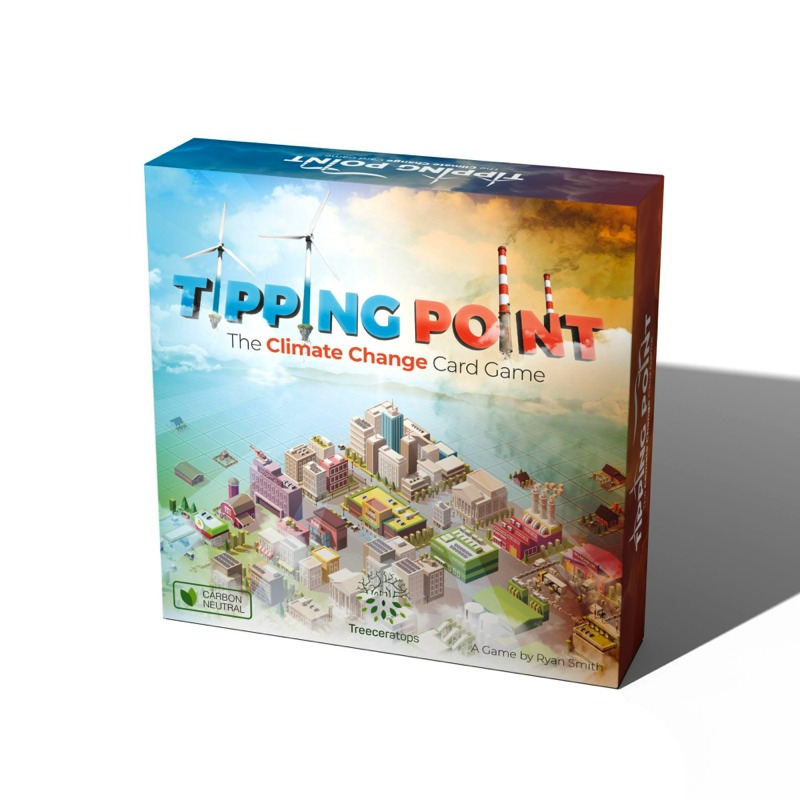
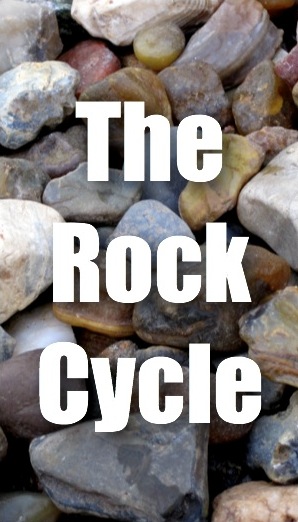
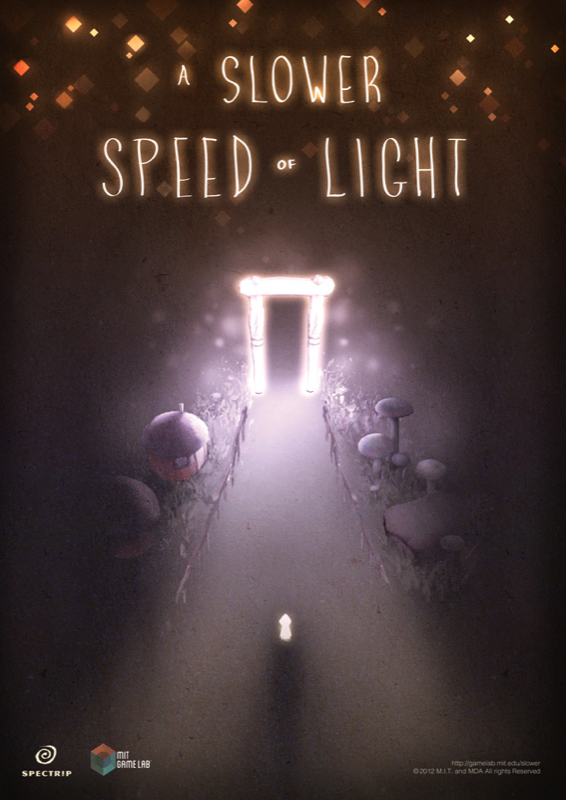
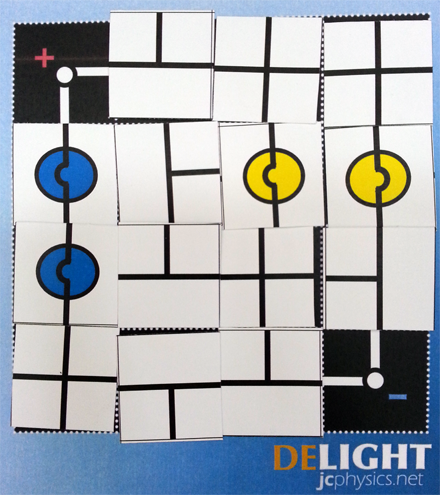
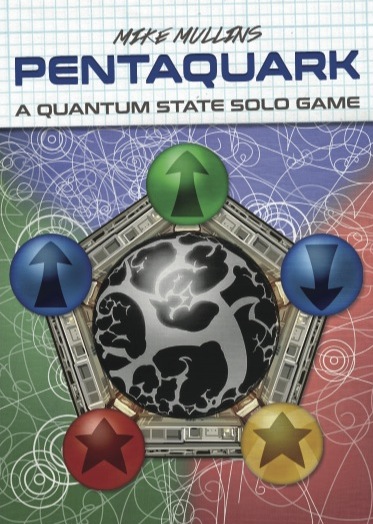
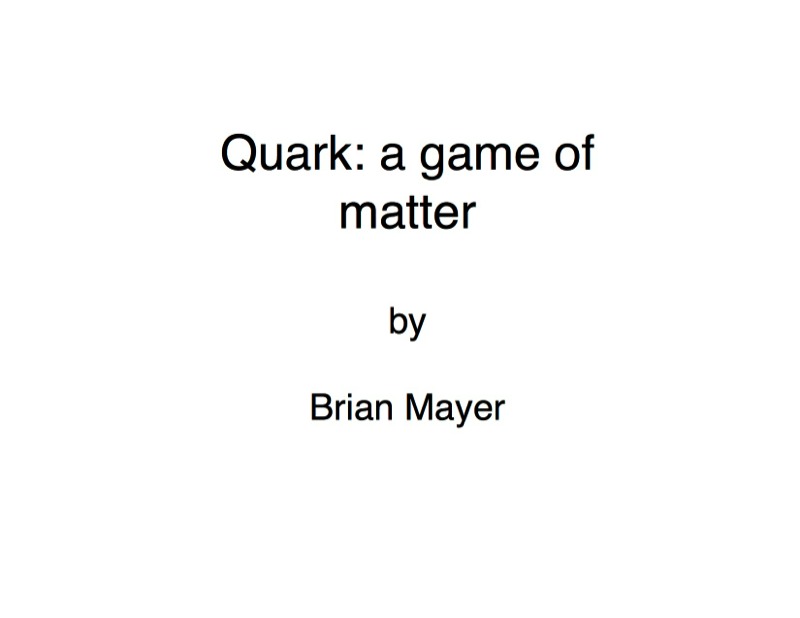
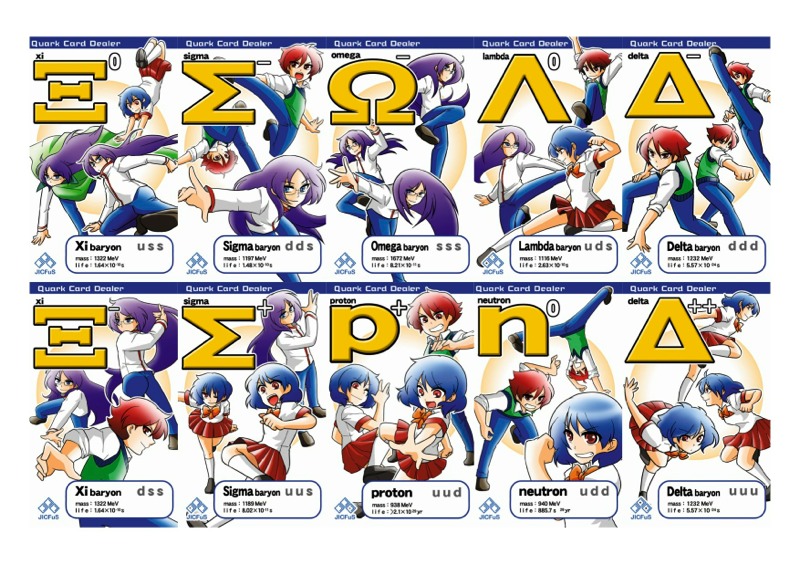
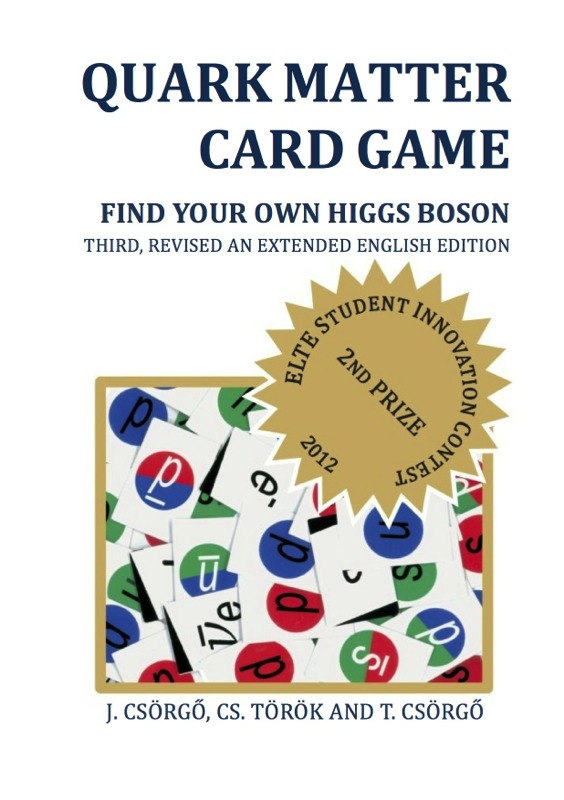
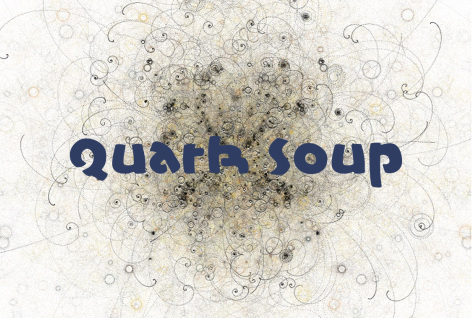
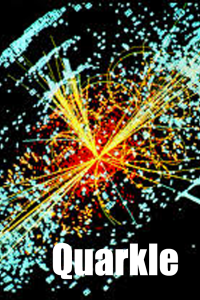
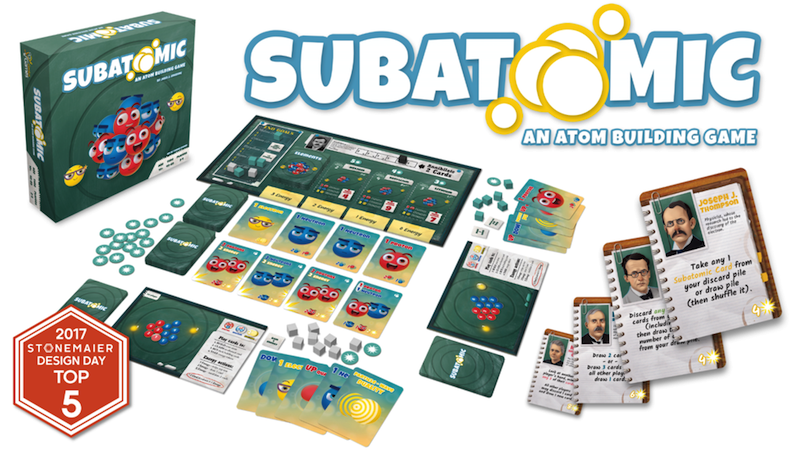

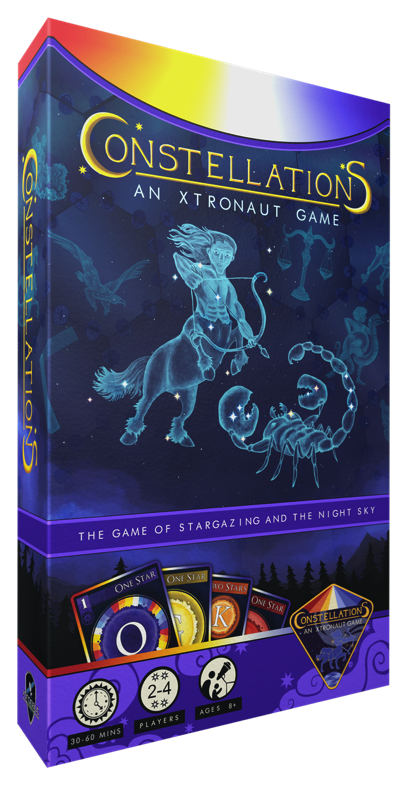
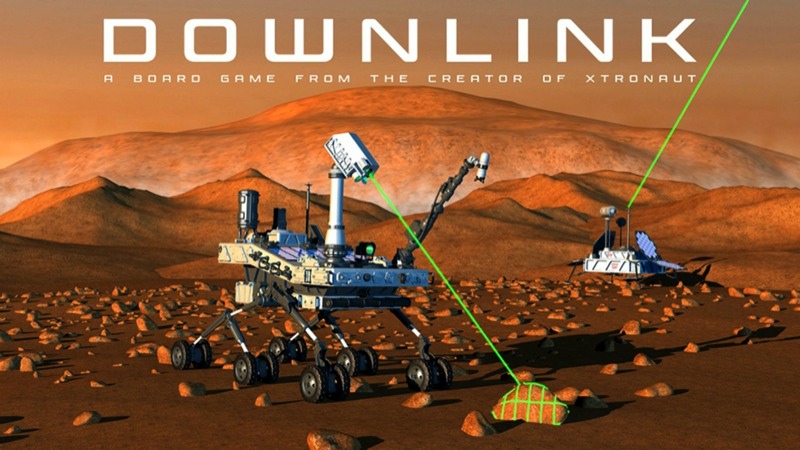
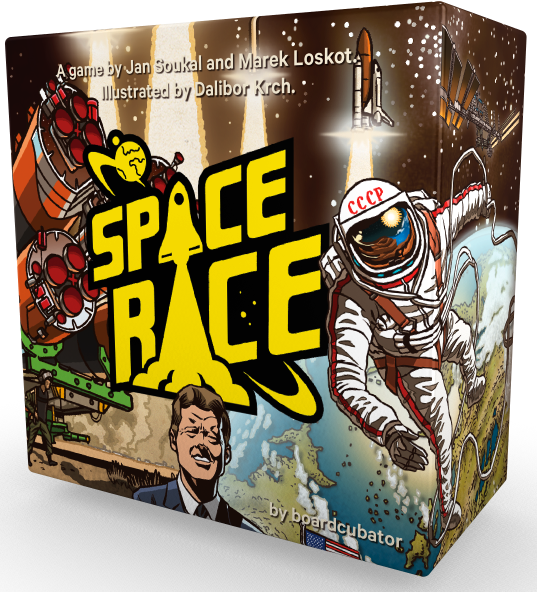
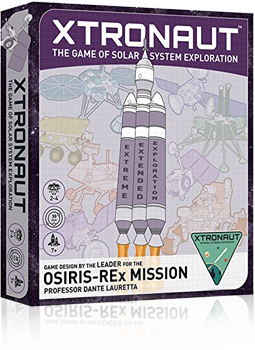
Teaching Science